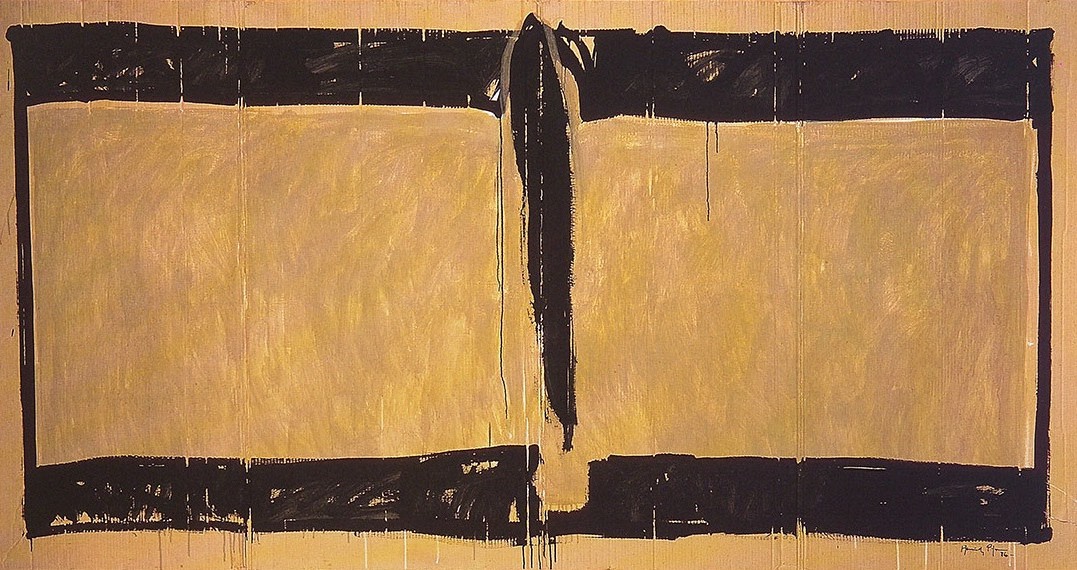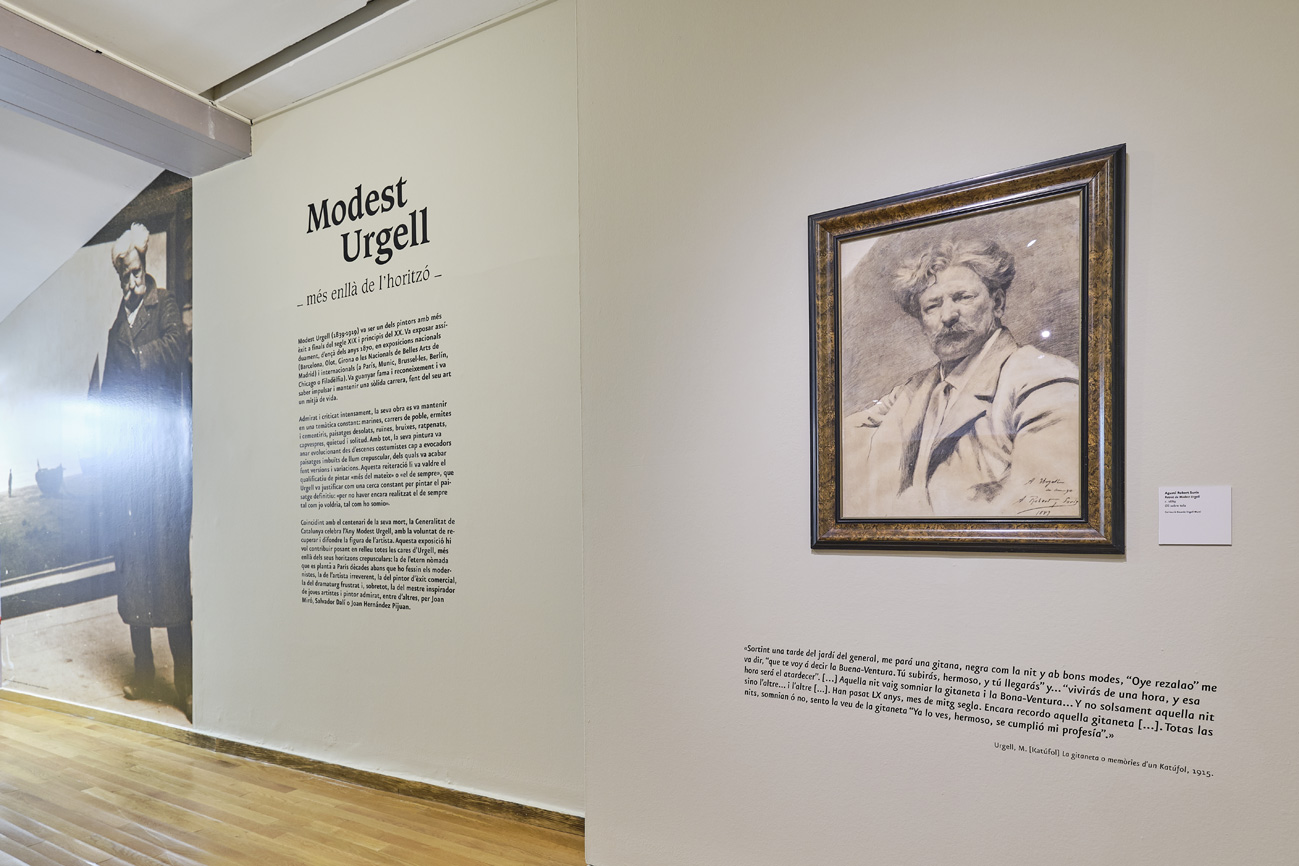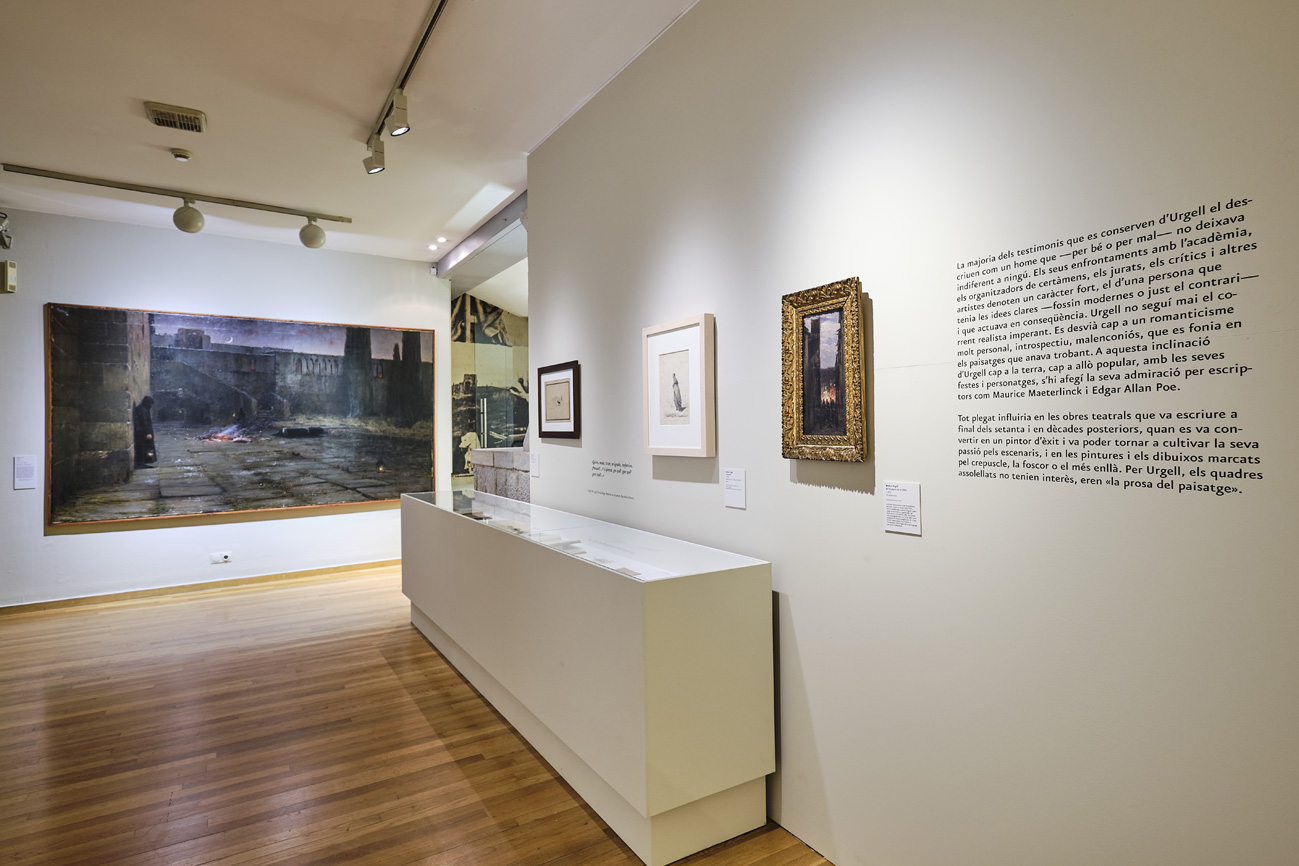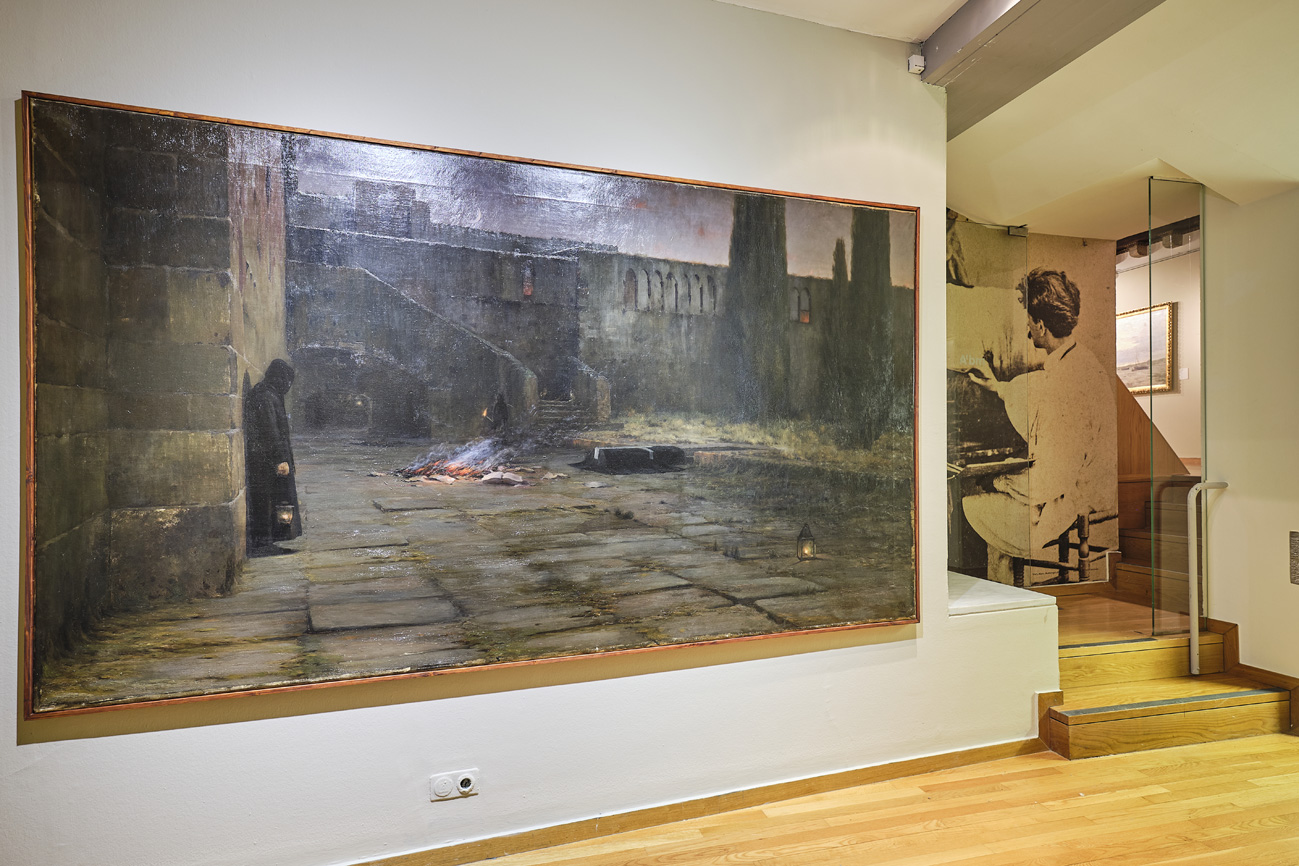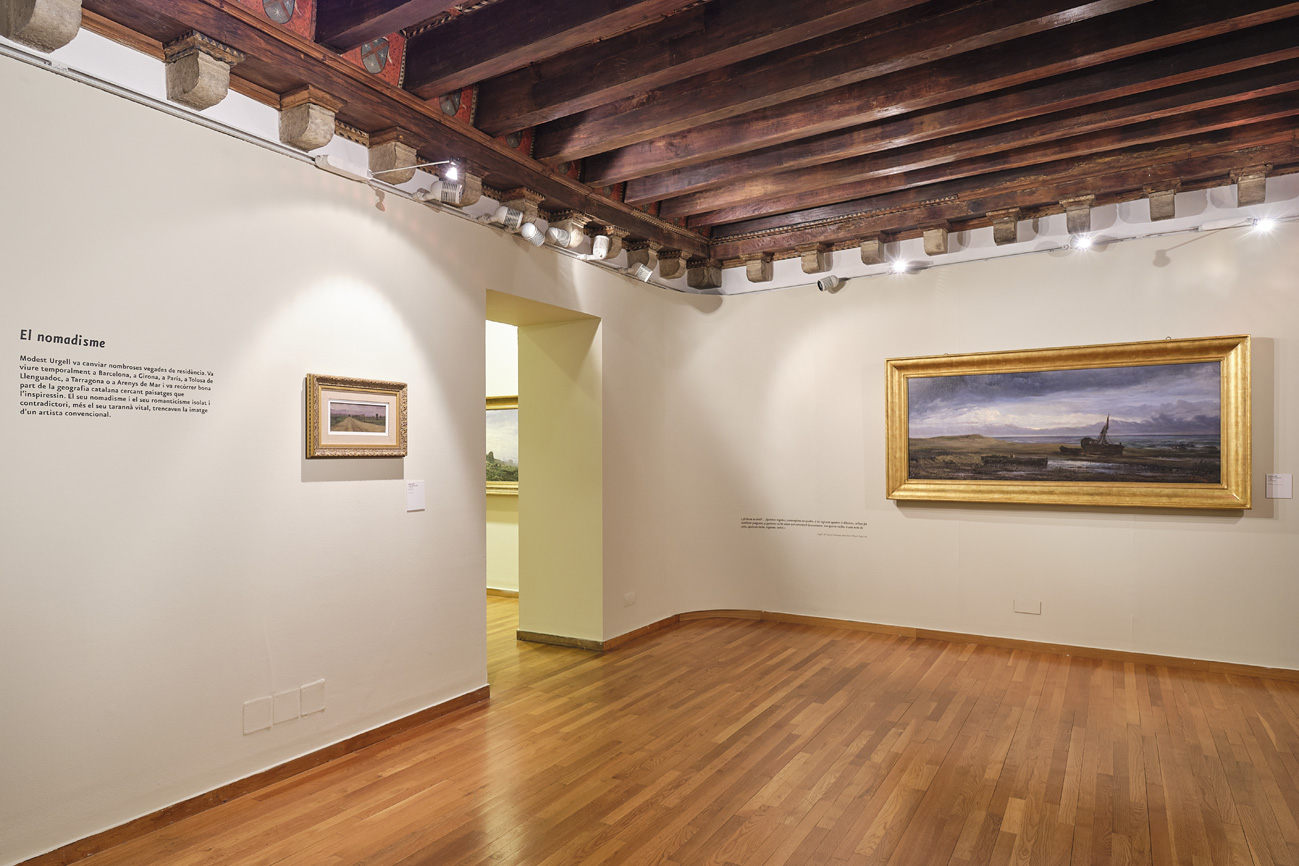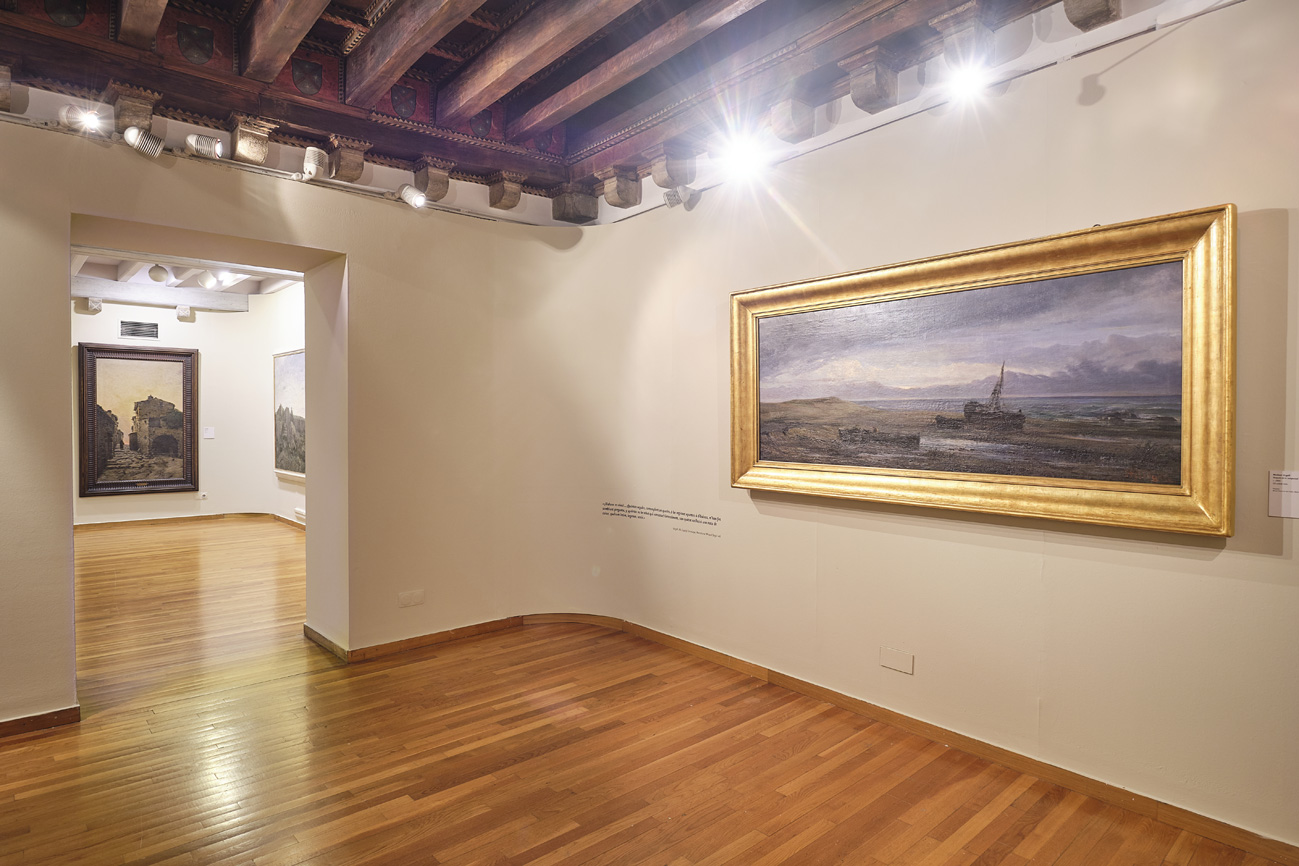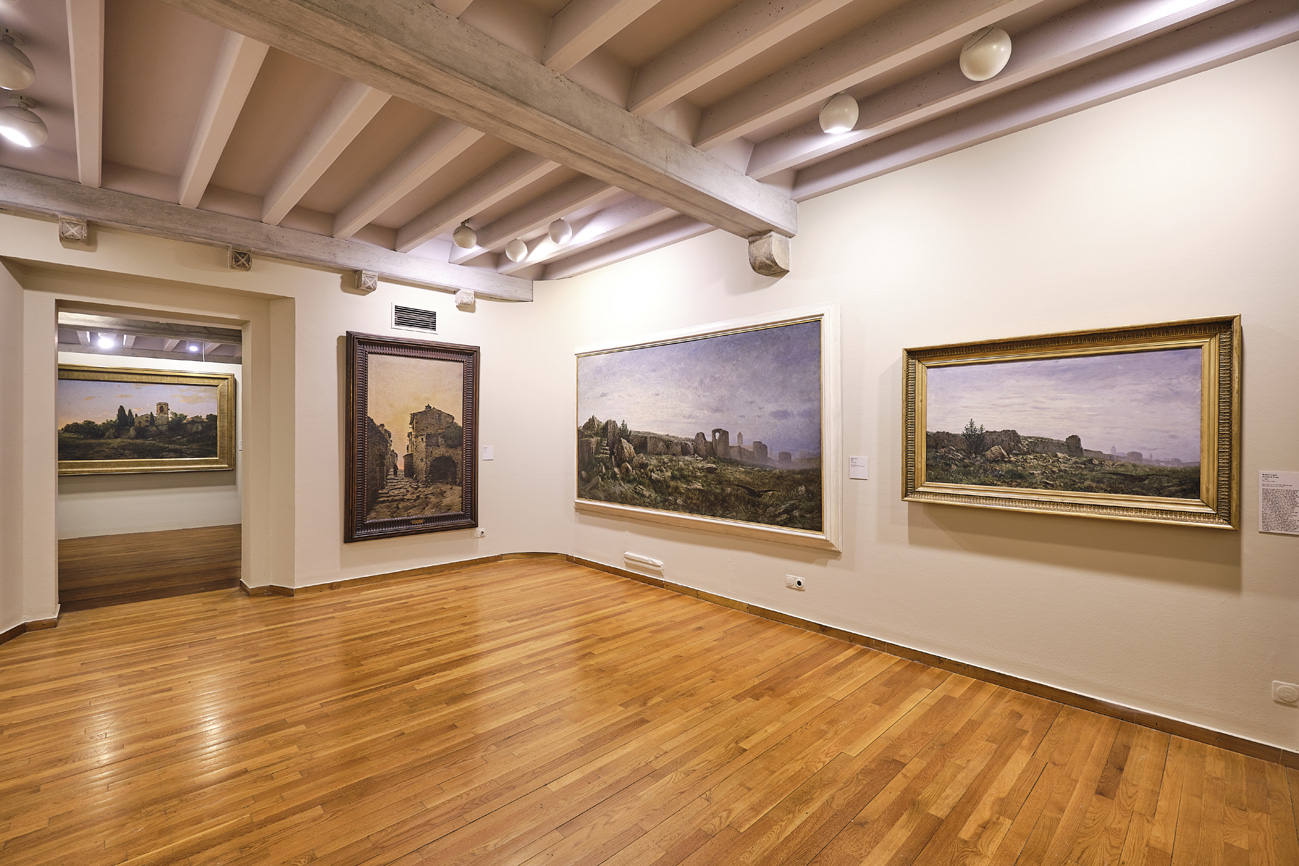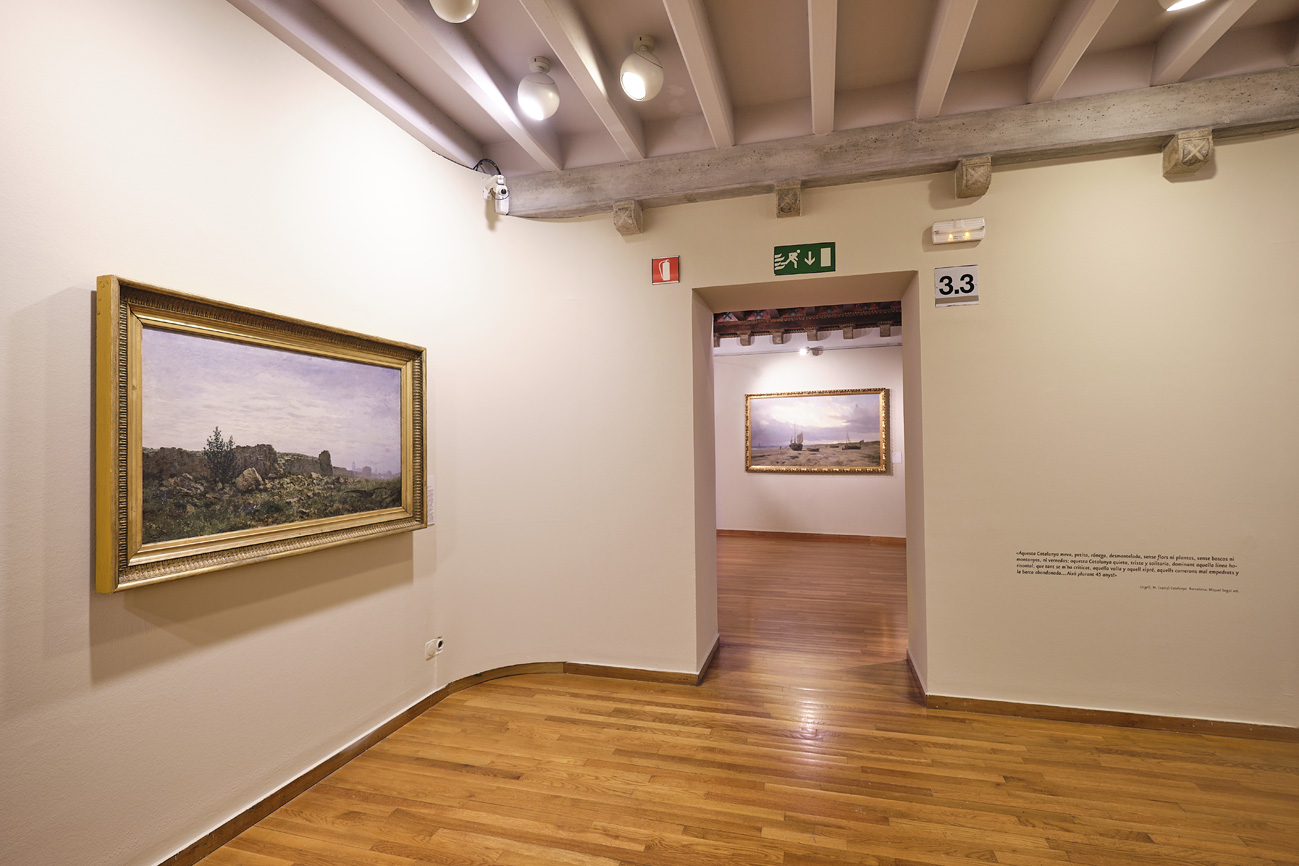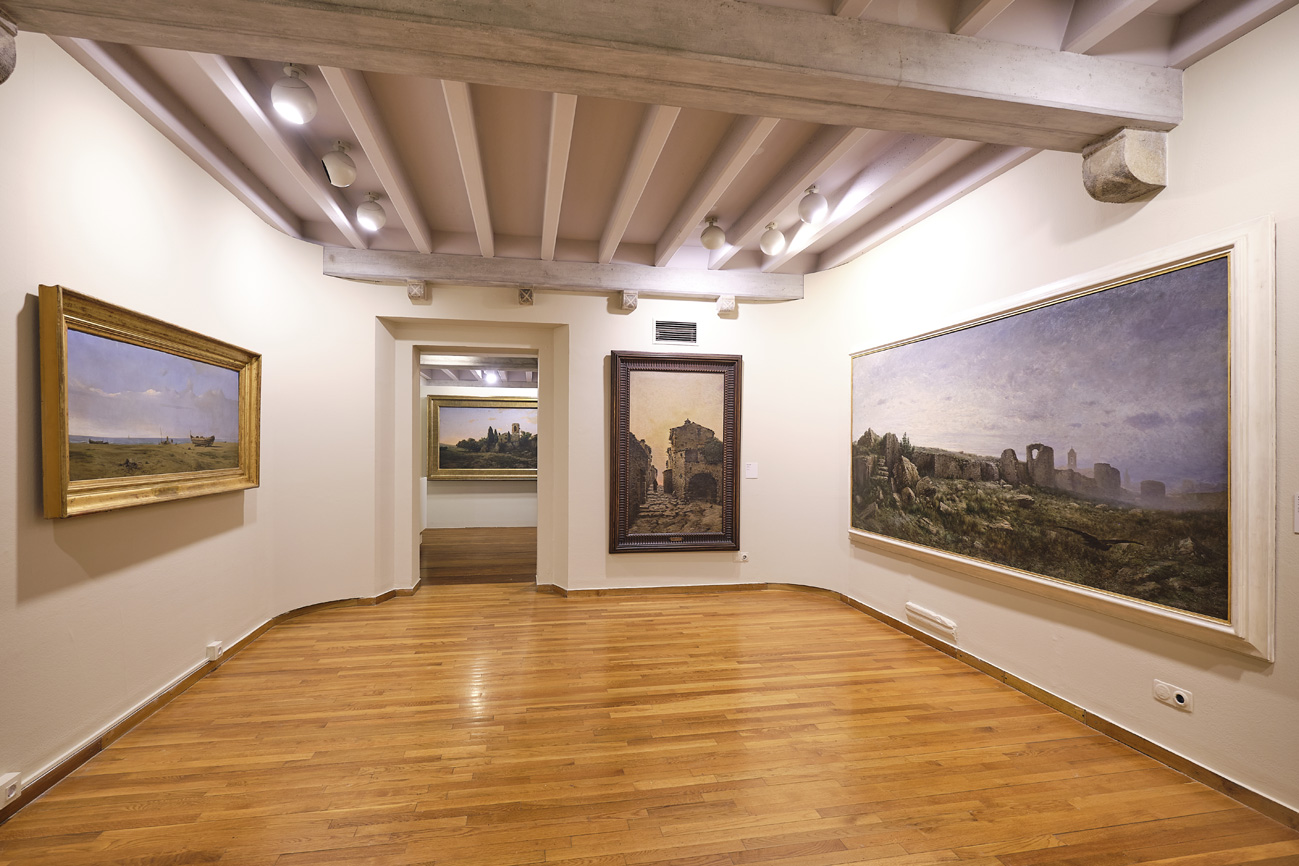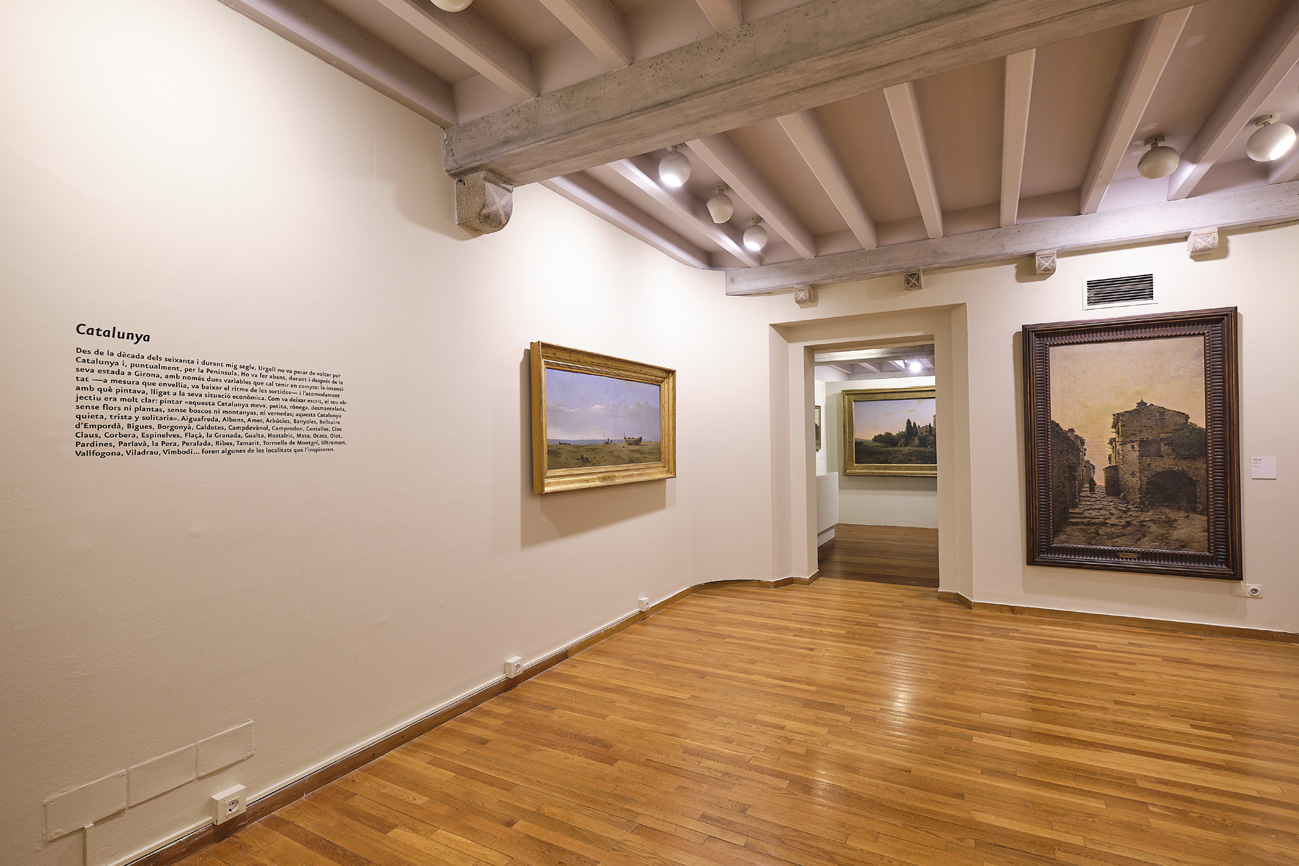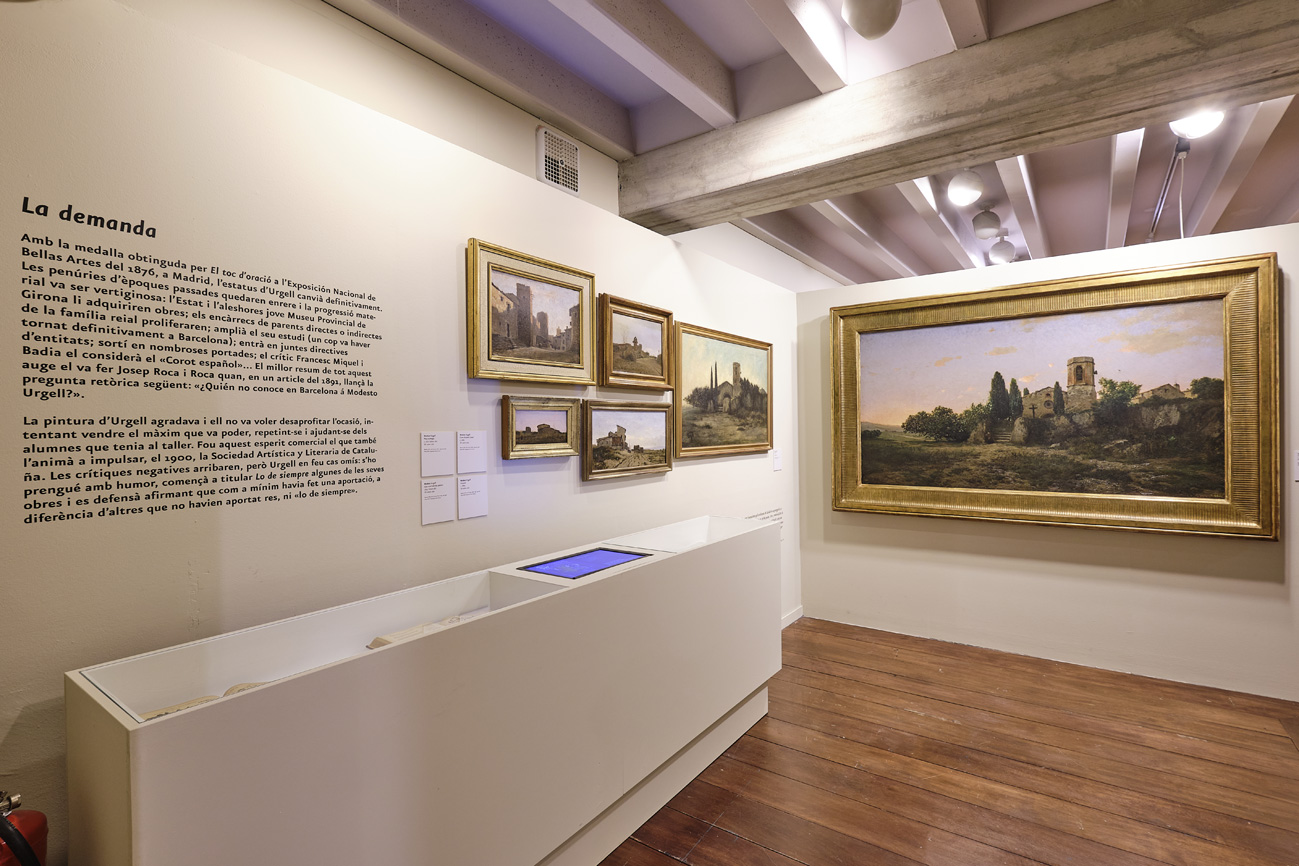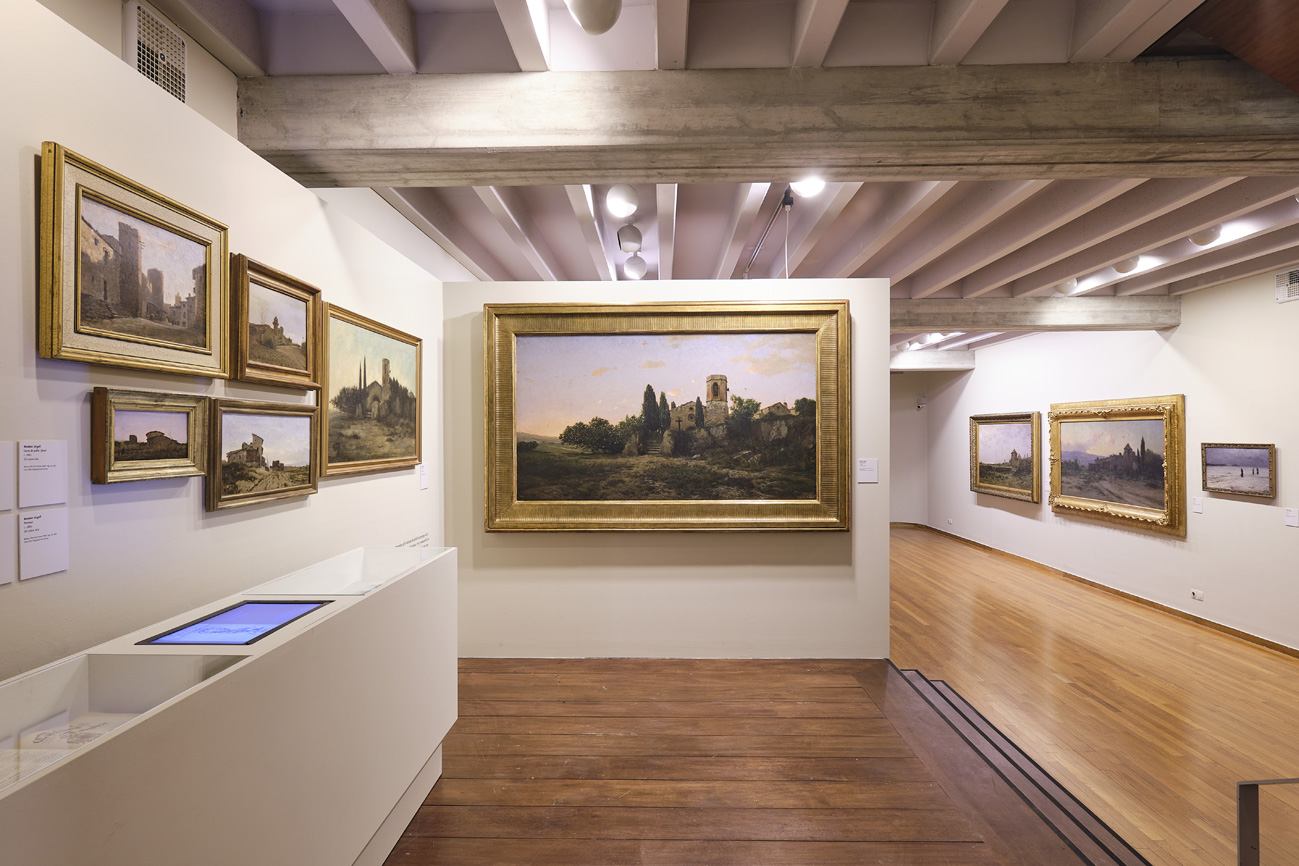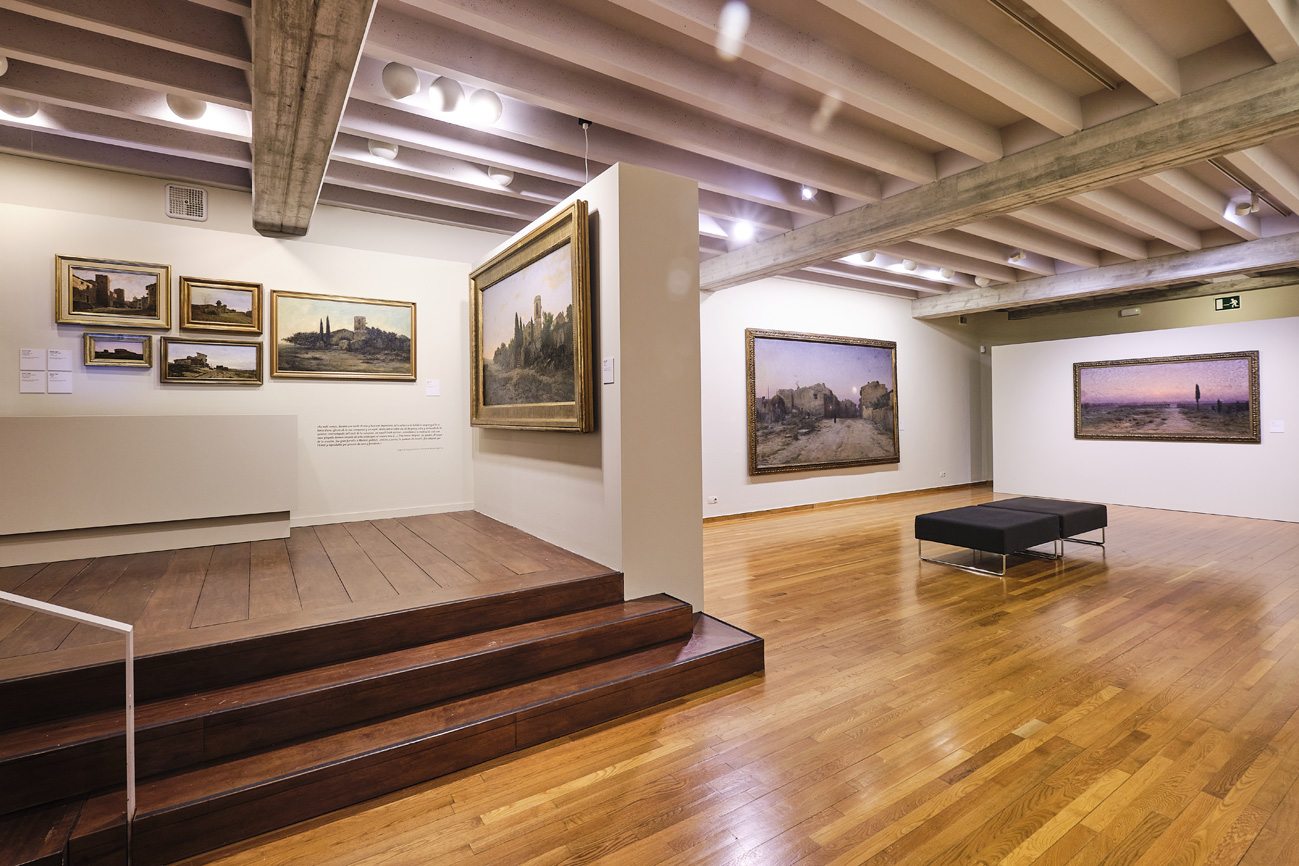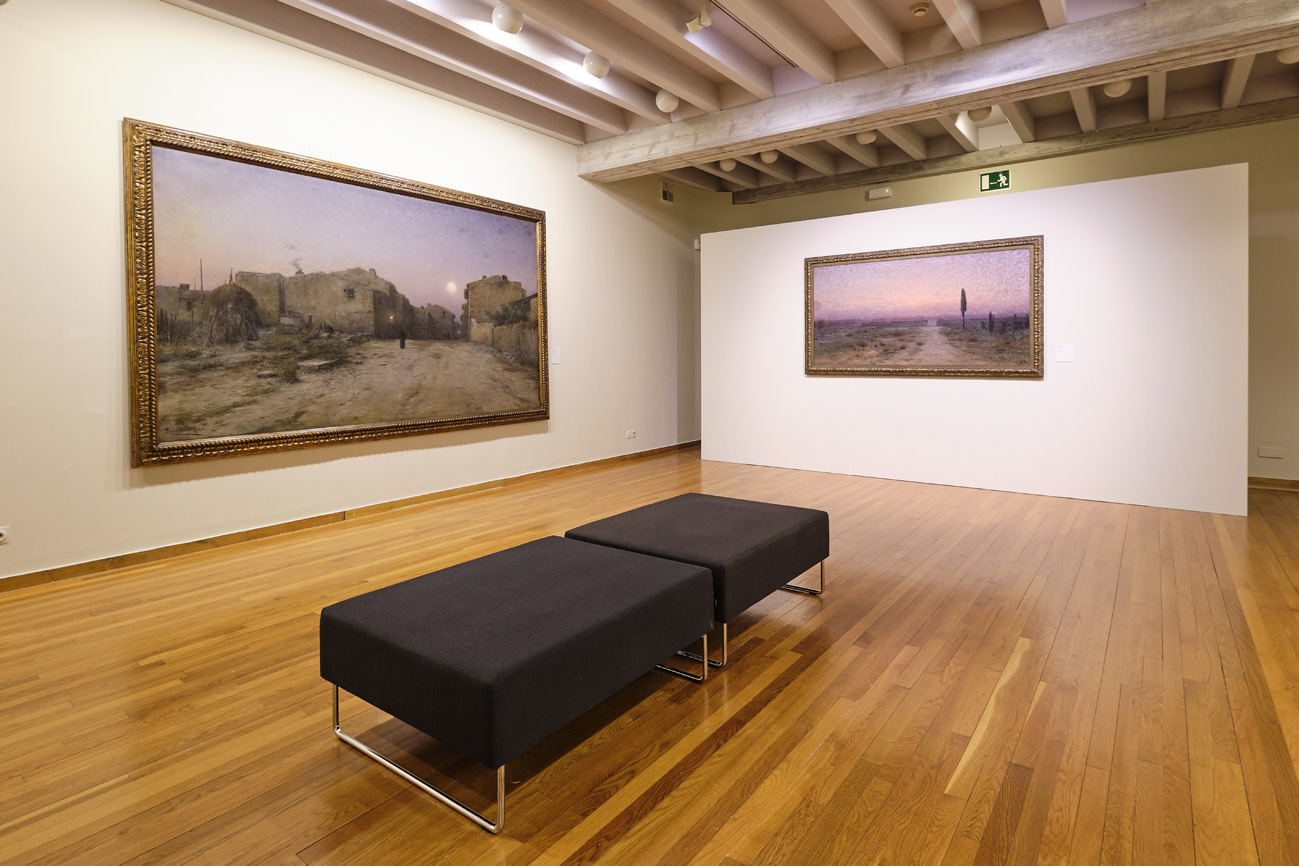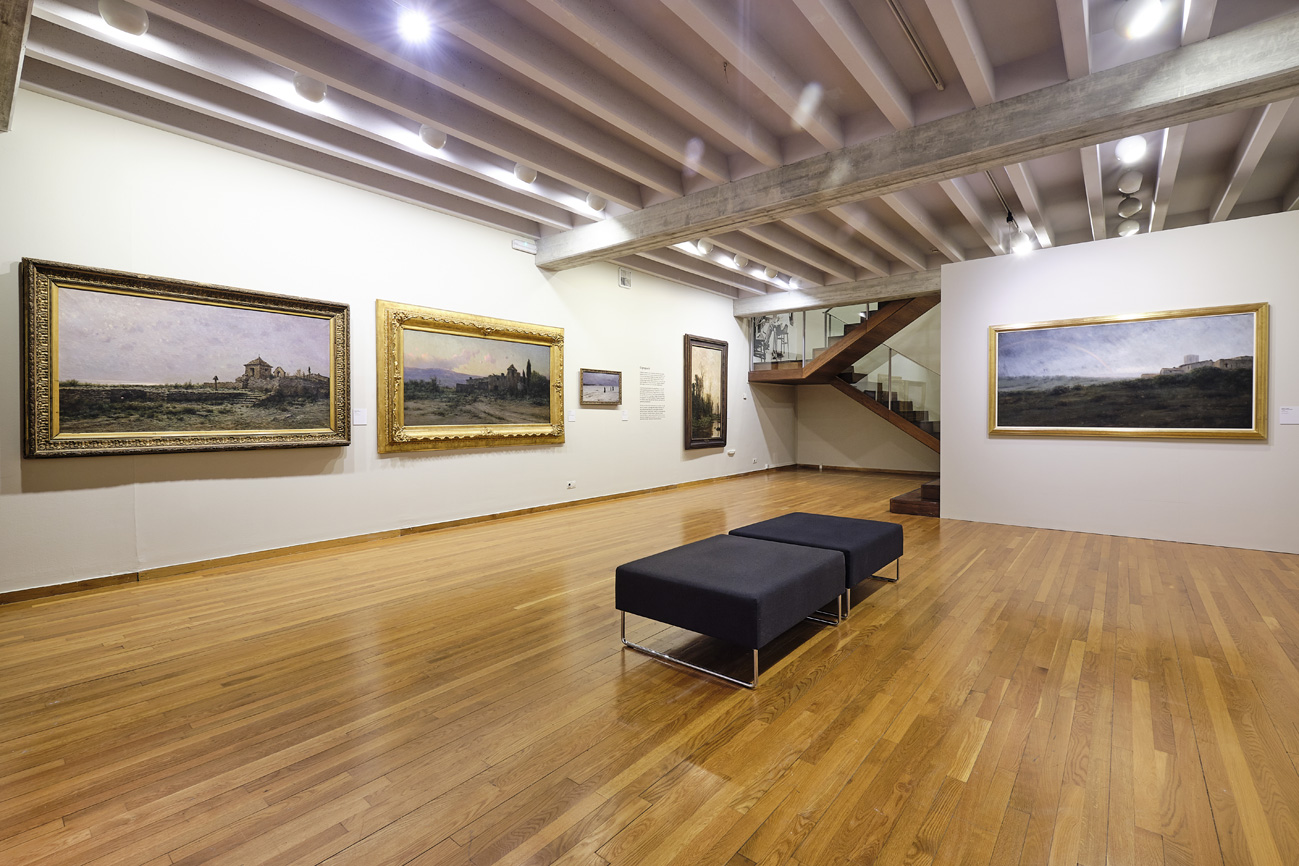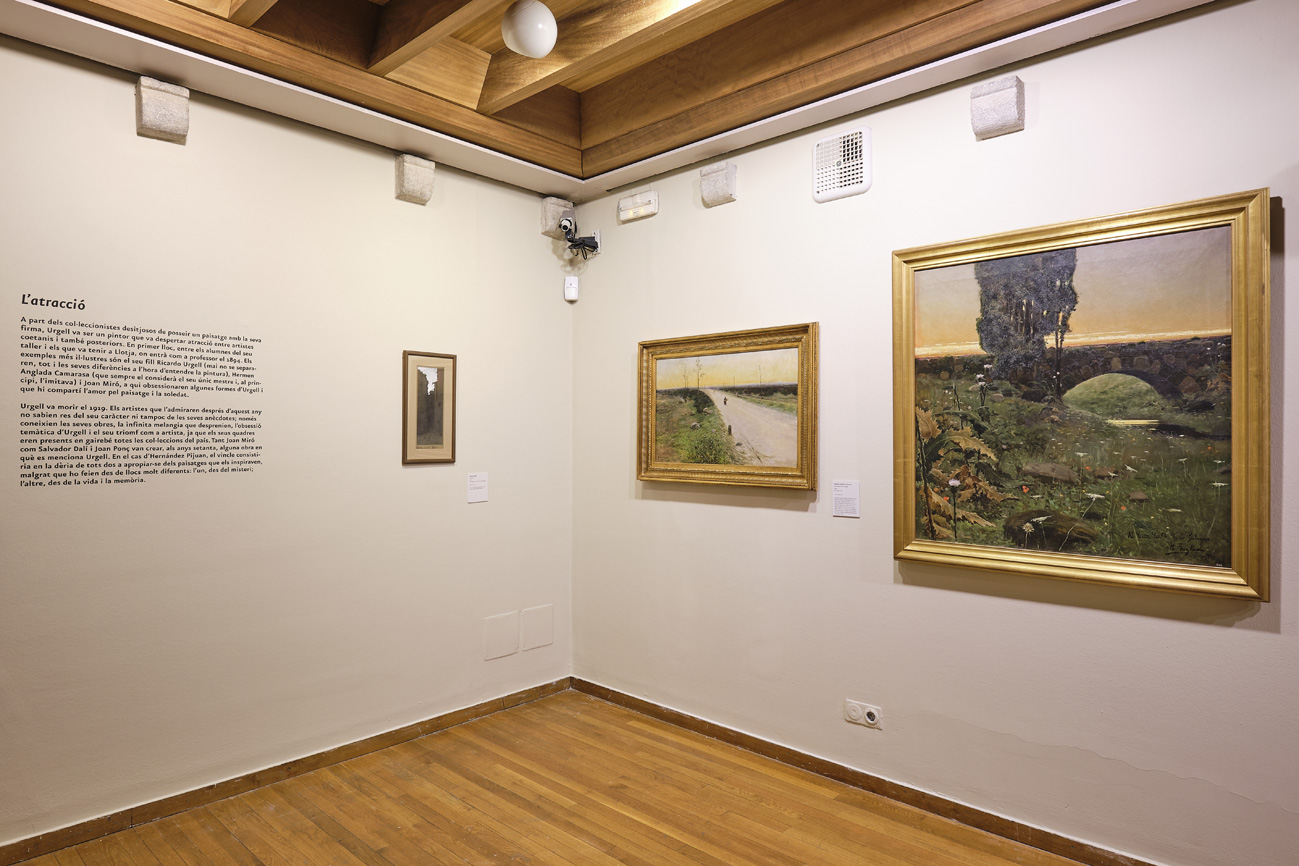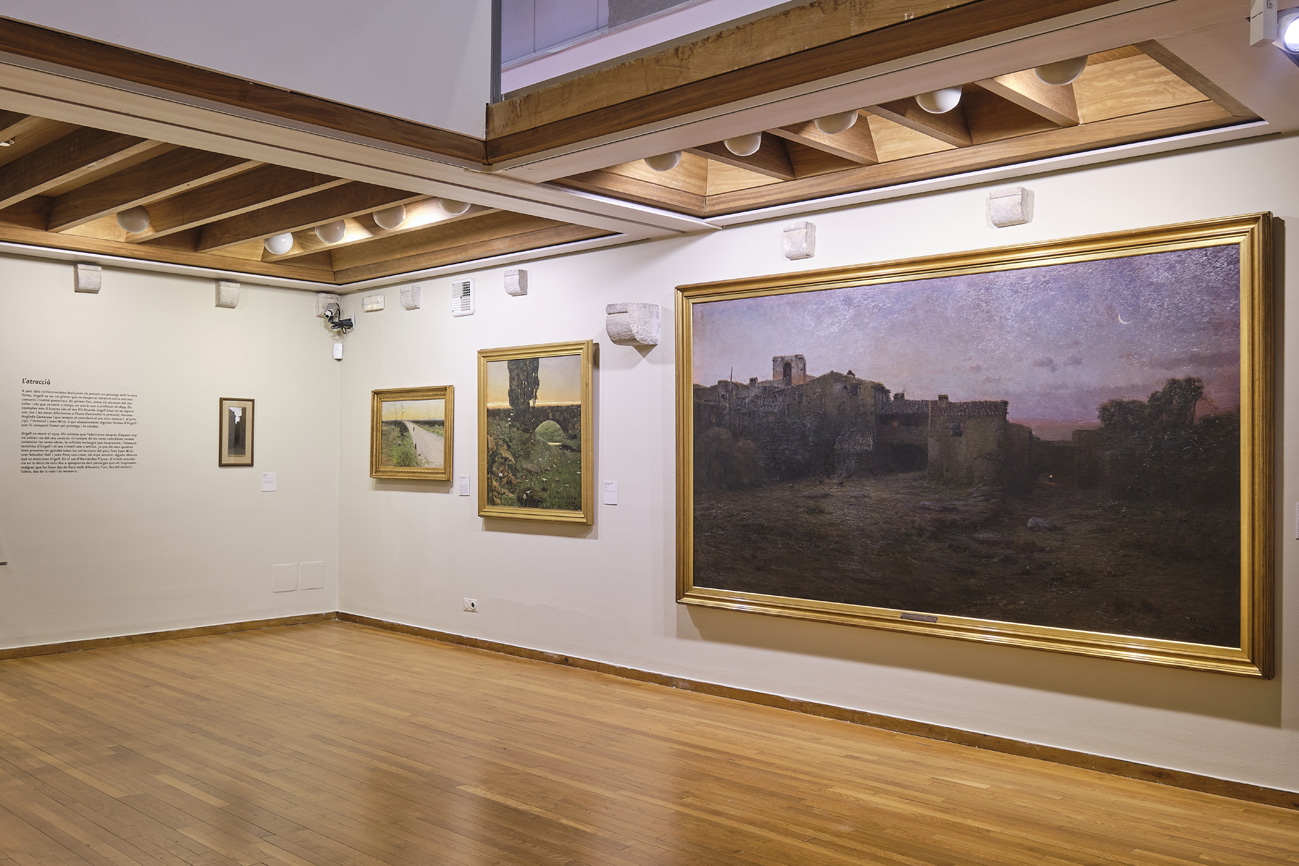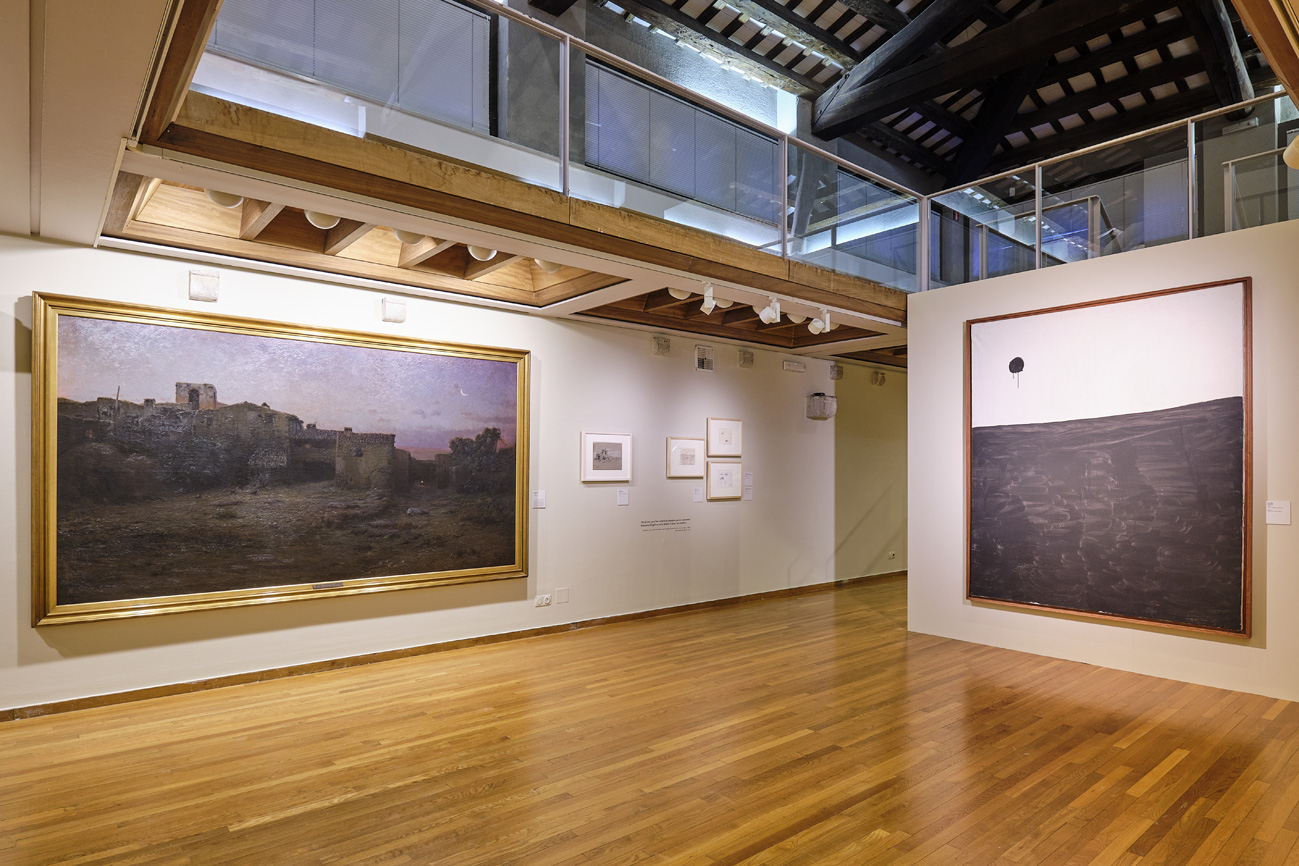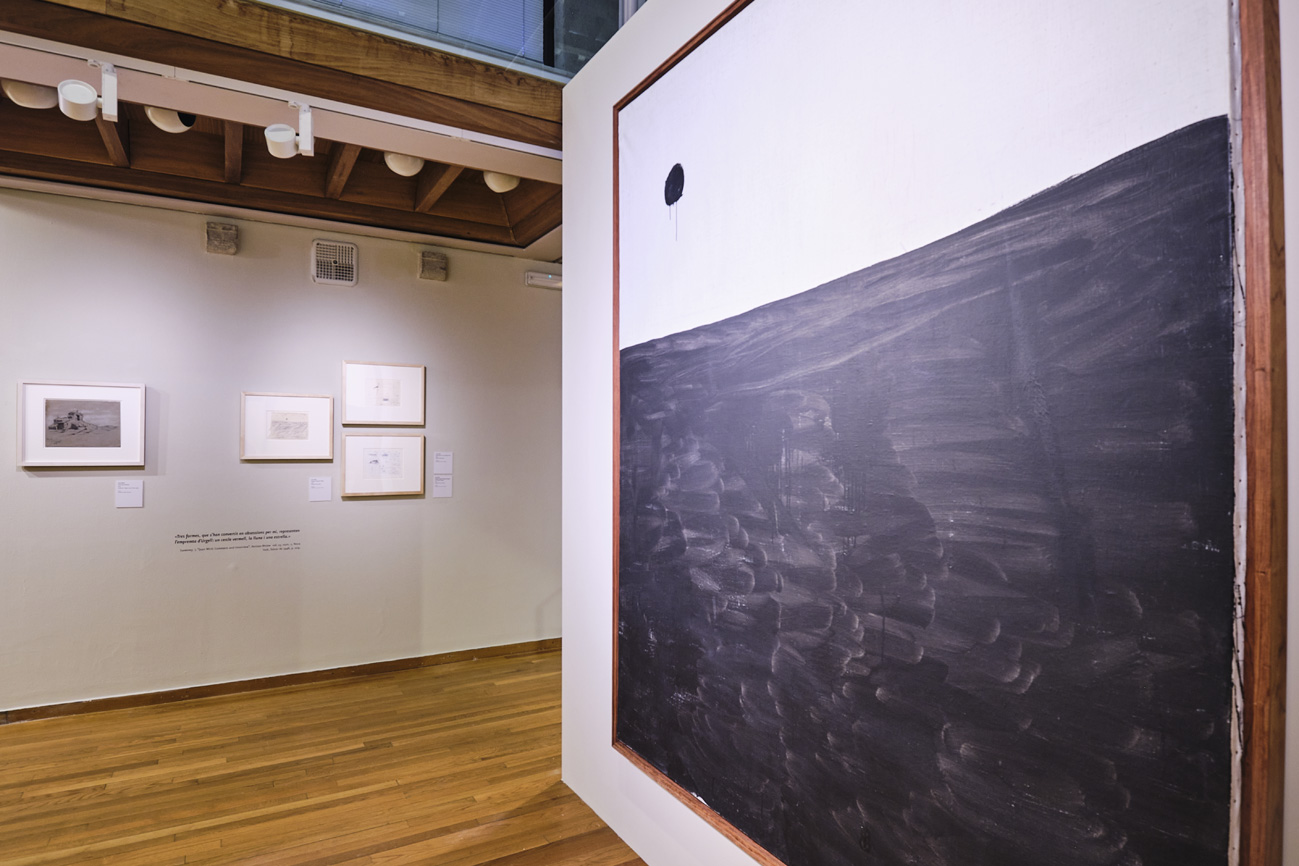Curator of the exhibition: Miquel Àngel Codes
Dates: Temporal exhibition, from December 19, 2019 to May 24, 2020
Opening: Thursday, December 19, at 6 p.m.
Location: Area 3 of the Girona Art Museum
Modest Urgell (1839-1919) was one of the most successful painters of the turn of the nineteenth and twentieth centuries. From the 1870s he regularly exhibited his paintings at national shows (Barcelona, Olot, Girona or the National Exhibitions of Fine Arts in Madrid) and international shows (Paris, Munich, Brussels, Berlin, Chicago or Philadelphia). He won fame and recognition and managed to drive and maintain a solid career, making his art his livelihood.
Admired and criticised intensely, his work maintained a constant theme: seascapes, village streets, hermitages and cemeteries, desolate landscapes, ruins, witches, bats, twilights, stillness and solitude. Nonetheless, his painting evolved from scenes of local customs and manners to evocative landscapes imbued with crepuscular light, of which he eventually made versions and variations. This repetition earned him the reputation as a painter of “more of the same” or “the same old scene”, which Urgell justified as a constant search to paint the definitive landscape: “for not having done ‘the same old scene’ as I would like to, as I dreamed.”
On the centenary of his death, the Government of Catalan is holding the Modest Urgell Year to revive the artist and make him better known. This exhibition seeks to highlight all aspects of Urgell, beyond his crepuscular horizons: the eternal nomad who settled in Paris decades before Catalan art nouveau followers, the irreverent artist, the commercially successful painter, the frustrated playwright and, above all, the inspirational master of young artists, and the painter admired, among others, by Joan Miró, Salvador Dalí and Joan Hernández Pijuan.
Urgells
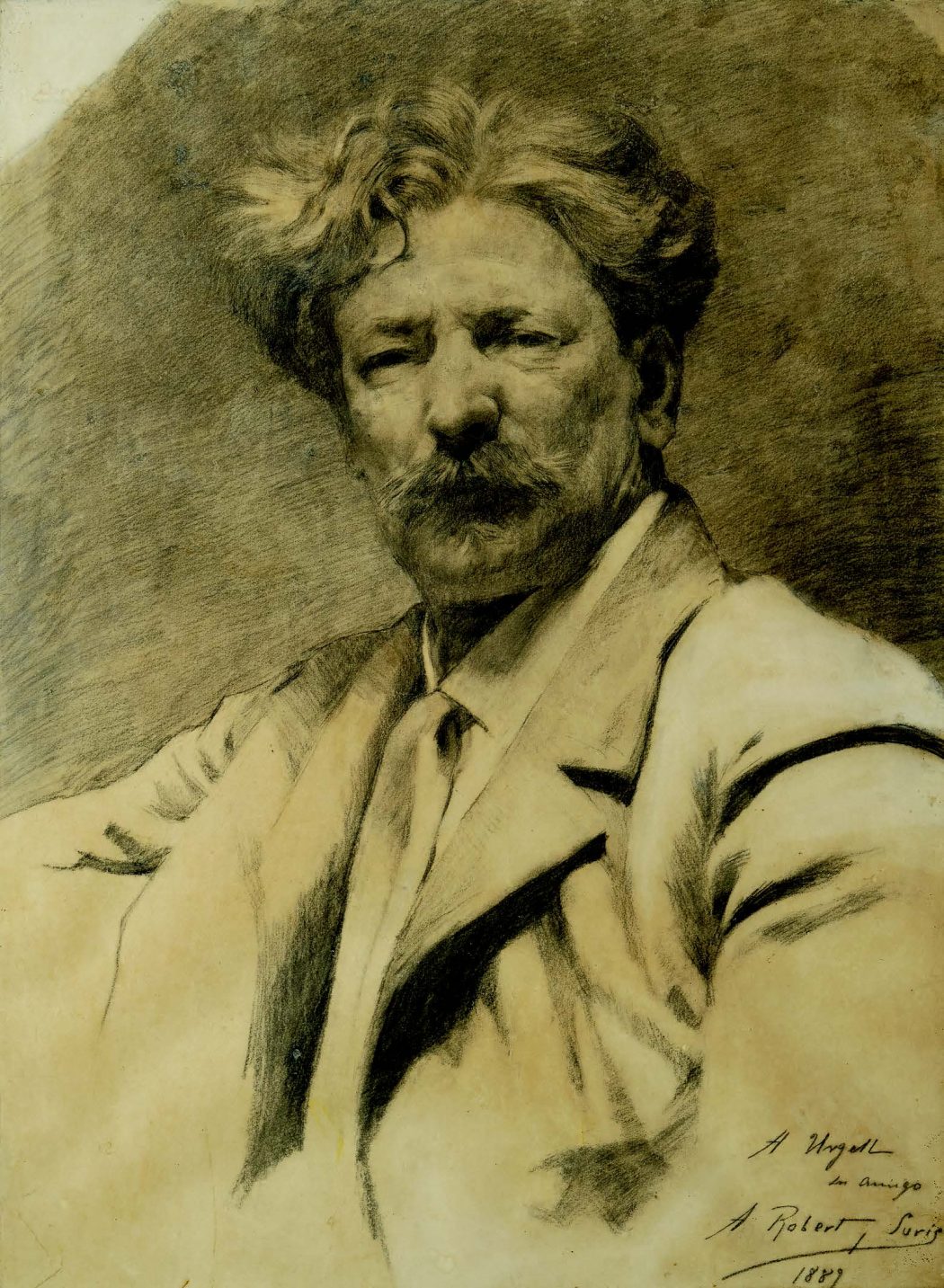
Modest Urgell was born in Barcelona on 13 June 1839, fifteen years before the city walls started to be demolished. From a wealthy class, he soon showed a strong inclination to the arts, especially theatre and painting, which he finally took up.
He studied at the Llotja School in Barcelona and, under the guidance of the painter Ramon Martí Alsina, he began in realistic painting. He married the painter Eleonor Carreras Torrescasana (1843-1907), with whom he shared profession and exhibitions in the early years of marriage and of whom little is known and no paintings survive. They had a son, Ricardo Urgell (1873-1924), who would also take up painting with notable success, albeit with a very different theme from his father, and a daughter, Modesta, who we know exhibited her works ‒ along with her father and brother ‒ in 1896 in Barcelona.
Most of the testimonies of Urgell describe him, for better or worse, as a man that would not leave anyone indifferent. His confrontations with the academy, the event organizers, the juries, the critics and other artists, show him as a man with a strong character, a man of clear ideas – modern or just the opposite – and who acted accordingly. He turned to a very personal, introspective, melancholic romanticism, melted in the landscapes that he encountered. To this inclination of Urgell to the earth, to popular traditions and characters, there was also his admiration for writers such as Maurice Maeterlinck and Edgar Allan Poe. All these elements influenced the theater plays he wrote in the late 1970s and decades after, when he became a successful painter and was able to re-cultivate his passion for theater, and in the paintings and drawings marked by the twilight, the darkness or the afterlife. For Urgell, the sunny paintings were of no interest, they were “the prose of the landscape”.
Nomadism
Modest Urgell often changed home. He lived temporarily in Barcelona, Girona, Paris, Toulouse, Tarragona and Arenys de Mar and travelled around much of Catalonia in search of inspirational landscapes. His nomadism and isolated and contradictory romanticism, as well as his life mindset, broke with the image of a conventional artist.
From Barcelona to Girona
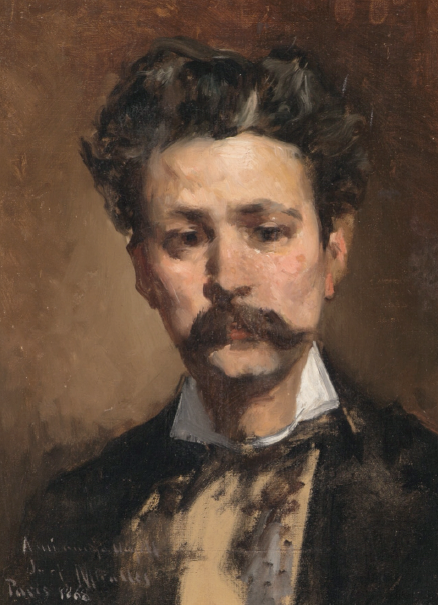
Modest Urgell’s beginnings were not easy. His work did not have the support of the academy and it was hard for him to make his way in the Catalan capital. After marrying Eleonor Carreras, the couple moved to Girona, a city where, years later, he would say he spent the quietest years of his life despite economic hardships. The year of their arrival and departure are not clear, but it was a long period, around the 1860s and 1870s.
In Girona, under the pseudonym Katúfol, Urgell devoted himself to drawing commissioned hallelujahs, giving drawing classes and touring and painting the surrounding towns. In 1864 he received the first recognition, with a special honorable mention at the National Exhibition of Fine Arts in Madrid for the work Catalonia Coasts. Then came the trips to Paris, which would end up being decisive in his career.
«The quietest years of my life are probably those I spent in Girona, on that third floor in Carrer de la Força; with my head full of dreams and not a coin in my pocket. I still see that room, where I enclosed myself from sun to sun to paint, write, smoke, rest from time to time and always dream, especially at dusk, when the sun, setting behind the dry trees of La Devesa park, half illuminated the distant mountains, the Ter River winding through the plain, looking like a silvery ribbon, with some old wet roofs standing out in the foreground, along with some simple chimneys and a kind of small tower crowned by a weather vane, which, rusted by the rains, turned neither to the right nor the left and, dried and stiff, there it was… just because. How many hours I had spent looking at that sad, sodden panorama, yet peaceful and pleasant! How many dreams I had formed looking at that weather vane that stood out more clearly the more the night enveloped the mysterious landscape in shadow!»
Modest Urgell, “El panell”. Joventut (2 January 1902), p. 13.
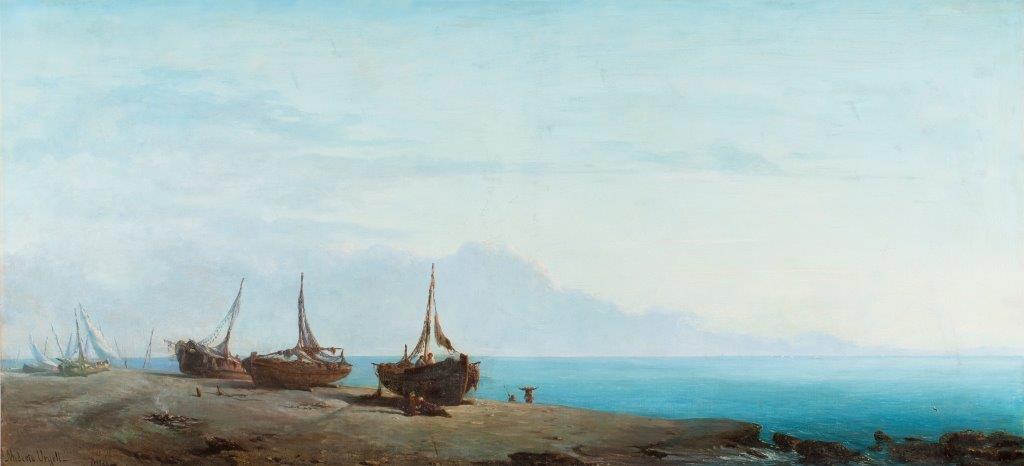
With this work, Modest Urgell won an honorable mention at the National Exhibition of Fine Arts in Madrid in 1864, the first of the seventy exhibitions where we know that he participated. The award marked the beginning of a change of direction in the recognition of the artist. The work, now the property of the Prado Museum, was acquired in February 1865 by the Spanish government and deposited in the Girona Art Museum in 1876.
From Paris to Berck
Although there are still many gaps in Urgell’s biography, it is certain that he made several trips to France. We know that in 1862 he was among the foreign students accepted at the École Impériale Spéciale de Dessin et de Mathématiques in Paris; that in 1867 he presented a winter landscape at the Paris Universal Exposition; that the following year Francisco Miralles portrayed him in his Paris studio; that in 1872 he exhibited at the Salon held at the Palais des Champs-Élysées; and that in 1878 – when the railway connection with France opened in Catalonia – he returned to the French capital as one of the artists selected to participate in the Spanish pavilion of the Universal Exposition. Once there, he said, he would deal with people of the standing of the painter Camille Corot, the actress Sarah Bernhardt or the writer Alexandre Dumas (fils). He was also able to see the landscapes of Charles-François Daubigny, possibly the artist most in tune with his sensibility.
In addition to Paris, Urgell was one of the first artists to paint the spa village of Berck, which, located near the Pas de Calais, would end up becoming a pilgrimage site for many painters, such as Édouard Manet, Eugène Boudin or Ludovic- Napoléon Lepic, le Patron (Degas’s friend considered the promoter of this pleiad of painters who invaded the town). Urgell would do it before all of them, during the months of a summer that would be decisive in the evolution of his painting, marked by landscapes with low horizons and skies full of subtle atmospheres.
«Berk: the closest beaches in Paris and the most important tide in France. […] There they come during the summer, aristocratic ladies and Parisian Sirens […]. I went out on June 1st; I spent three months painting on those beaches and sleeping in a fisherman’s hut licked by the sea when the tide was out. At dusk, he received visits from Parisian bathers who, at a good price, acquired notes and painted sketches during the day. On September 3, he returned to Paris with two marines for Gupil and six thousand francs. ”
Modest Urgell. The bat. Memoirs of a patum, 1913
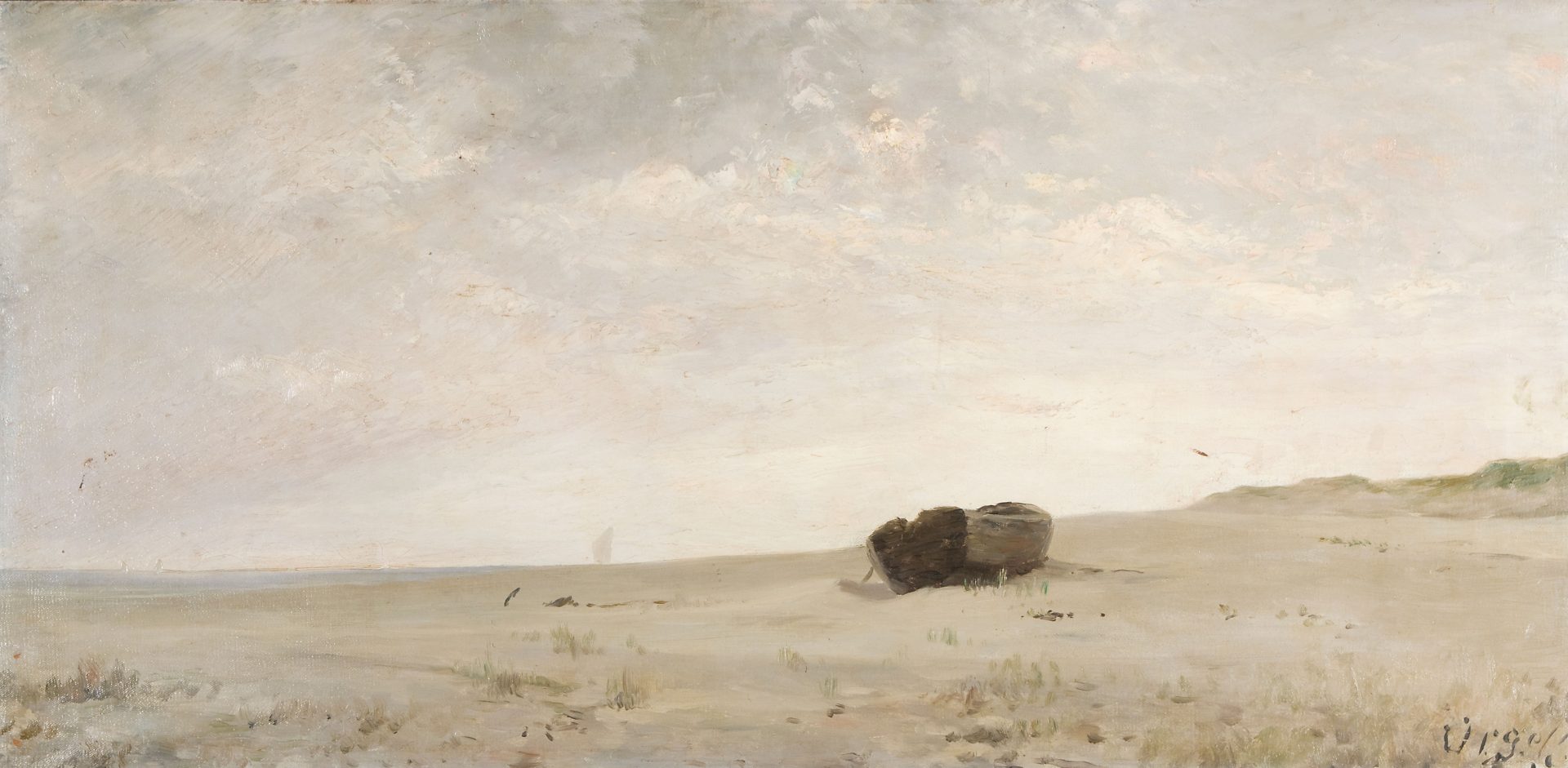
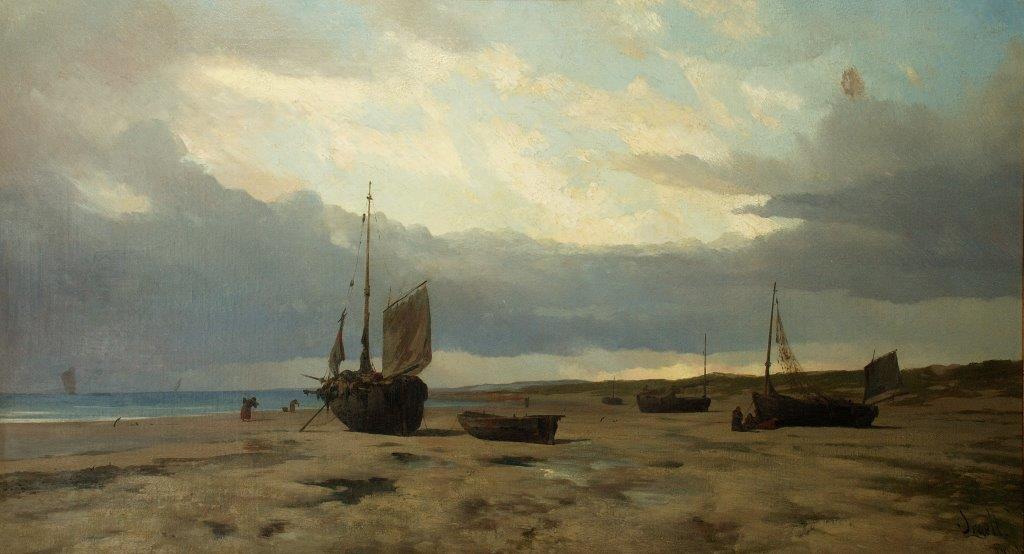
Catalonia
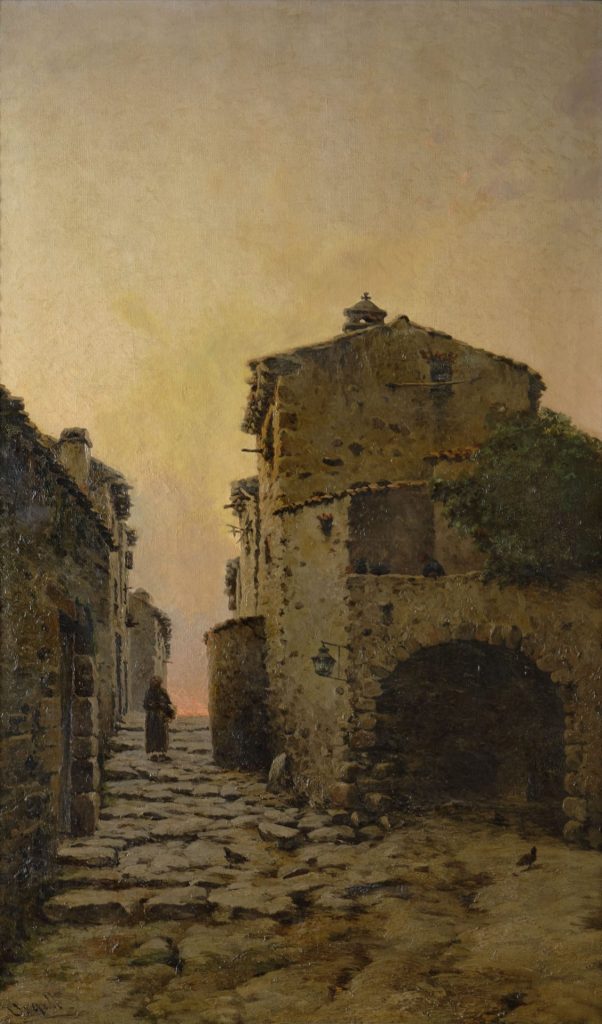
Since the 1860s and for half a century, Urgell made endless trips throughout Catalonia and, occasionally, the peninsula. He did it before, during and after his time in Girona, with only two variables to bear in mind: the intensity ‒ as he got older, he decreased the frequency of the trips ‒ and the ease when painting due to his economic situation. As he recorded, his objective was very clear: to paint “this Catalonia of mine, small, bare, dismantled, without flowers or plants, without forests or mountains, or alder groves; this still, sad and solitary Catalonia.” Aiguafreda, Albons, Amer, Arbúcies, Banyoles, Bellcaire, Bigues, Borgonyà, Caldetes, Campdevànol, Camprodon, Centelles, Cinc Claus, Corbera, Espinelves, Flaçà, La Granada, Gualta, Hostalric, Mata, Ocata, Olot, Pardines, Parlavà, La Pera, Peralada, Ribes, Tamarit, Torroella de Montgrí, Ultramort, Vallfogona, Viladrau, Vimbodí… were some of the towns and villages that inspired him.
“This Catalonia of mine, small, bare, dismantled, without flowers or plants, without forests or mountains, or alder groves; this still, sad and solitary Catalonia, dominating that horizontal line, which I have been so criticised for, that fence and that cypress, those poorly cobbled lanes and the abandoned boat… This, for 45 years!”
Modest Urgell. Catalonia, 1905
Most of the surviving accounts about Urgell describe him as a man who ‒ for good or ill ‒ left no one indifferent. His confrontations with the academy, event organisers, members of the jury, critics and other artists denote a strong character, a person with clear ideas ‒ whether modern or quite the opposite ‒ and who acted on them. Urgell never followed the prevailing realistic current. He opted for a very personal, introspective, melancholic Romanticism that fused with the landscapes he encountered. Along with Urgell’s inclination for the land, the popular, its festivities and characters, he admired writers such as Maurice Maeterlinck and Edgar Allan Poe.
This would influence the plays he wrote in the late 1870s and subsequent decades, when he became a successful painter and could cultivate his passion for the stage again, and the paintings and drawings marked by twilight, darkness or the hereafter. For Urgell, sunny paintings lacked interest, they were “the prose of landscape”.
In demand
With the medal he received for El toc d’oració (“Call to Prayer”) at the 1876 National Exhibition of Fine Arts in Madrid, Urgell’s status definitively changed. The hardships of past times were overcome and the material progression was dazzling: the State and the then newly-opened Museu Provincial de Girona bought some of his works; the orders from direct or indirect relatives of the royal family proliferated; he enlarged his studio (once he had definitively returned to Barcelona); he became a member of boards of directors of associations; he appeared on many front pages; the critic Francesc Miquel i Badia called him “the Spanish Corot”… The best summary of this ascent was provided by Josep Roca i Roca when, in an article in 1891, he posed the following rhetorical question: “Who doesn’t know Modest Urgell in Barcelona?”
People liked Urgell’s painting and he fully exploited this by trying to sell as much as he could, repeating his works and with the help of the students in his studio. This commercial spirit also encouraged him, in 1900, to promote the Artistic and Literary Society of Catalonia. Negative reviews came but Urgell ignored them: he took it with a pinch of salt, began calling some of his works The Same Old Scene and defended himself by saying that at least he had made a contribution, in contrast to others who had not contributed anything, or “the same old scene.”
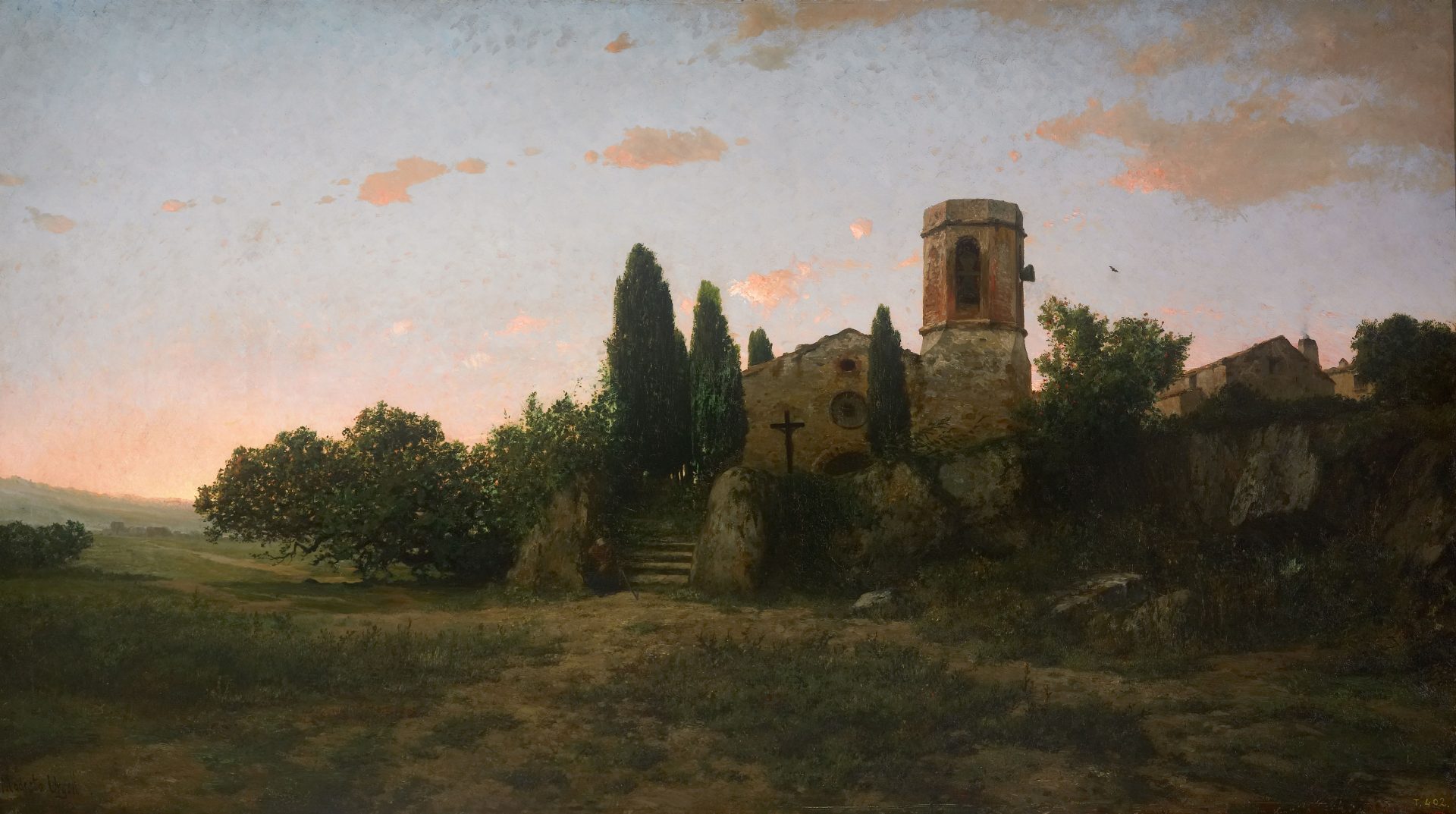
The appropiation
The adjective Romantic is fully justified in Urgell, mainly because this is how he saw himself. But he was a contradictory Romantic who always did his own thing: first, because when he achieved his style no one was doing the same thing (only some occasional imitations by his friend Joaquim Vayreda or the young Rusiñol) and, later, because the world kept changing and he did not want to know anything about it.
Urgell put emotion before identification, and in such a discreet manner that the viewer can only intuit it. The definitive Urgell does not depict characters that express the emotion he seeks to share but draws a landscape and adds a laconic “that is how I felt it.” The Romantic sublime in Urgell has a sense of limitlessness, of going beyond the horizon, but never of excessiveness.
If being in silence is the way of being oneself or the closest thing to it, the simplest, emptiest and most silent landscape should be the one that enables us “to [better] listen” to the painter. Urgell emptied and simplified the landscapes that he made his own systematically but, as a man born in 1839, he had some limits in this process. Artists from later generations, such as his pupil Joan Miró, would break all the barriers.
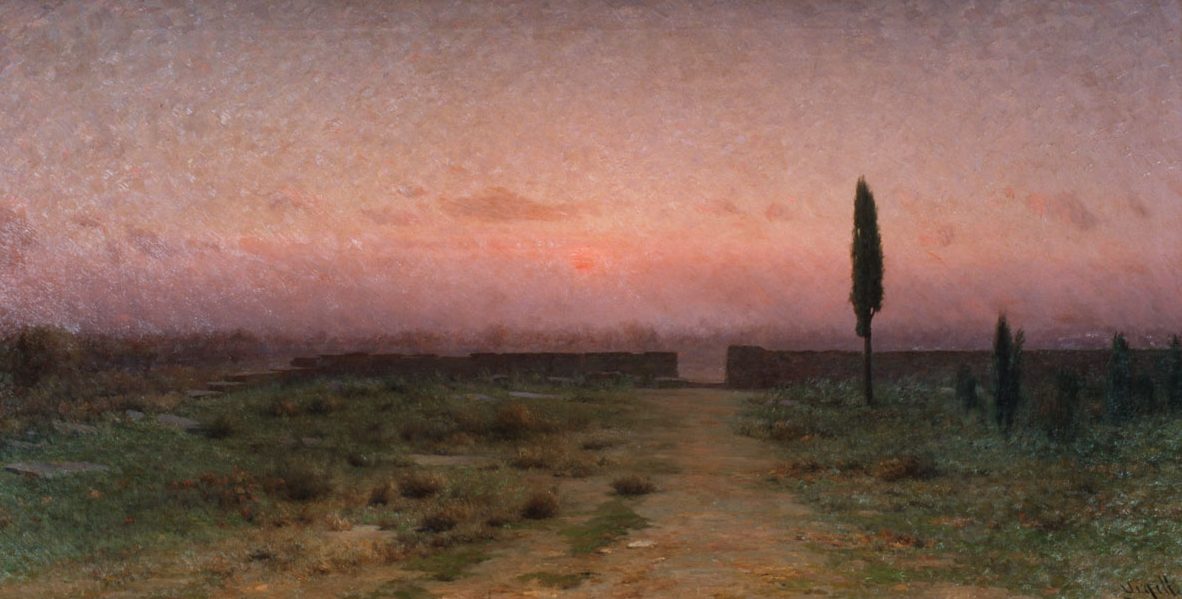
The appeal
Apart from the collectors who wanted to own one of his landscapes, Urgell was a painter who appealed to contemporary and later artists. In the first place, the students in his studio and those at the Llotja School, where he began teaching in 1894. The most significant examples are his son Ricardo Urgell (they never separated, despite their differences in how they understood painting), Hermen Anglada-Camarasa (who always saw him as his only master and, at first, imitated him) and Joan Miró, who was obsessed with some of Urgell’s forms and with whom he shared his love of landscape and solitude.
Urgell died in 1919. Later artists who admired him knew nothing about his personality or his stories; they only were familiar with his works, the infinite melancholia they exuded, his thematic obsession and his success as an artist, because his paintings formed part of almost all the collections in the country. In the 1970s, Joan Miró and also Salvador Dalí and Joan Ponç created some works in which Urgell is mentioned. In the case of Hernández Pijuan, the link consisted of their obsession with making the landscapes that inspired them their own, although they had very different approaches: one, from mystery; the other, from memory.
Hermen Anglada Camarasa always considered Urgell his only teacher, with whom he had a moral debt, despite the fact that between his work and Urgell’s there was no more stylistic relationship than what can be perceived in some paintings from his early period; this affection was translated into a notable presence of Urgell’s works in Anglada’s private collection (fourteen paintings and seven drawings).
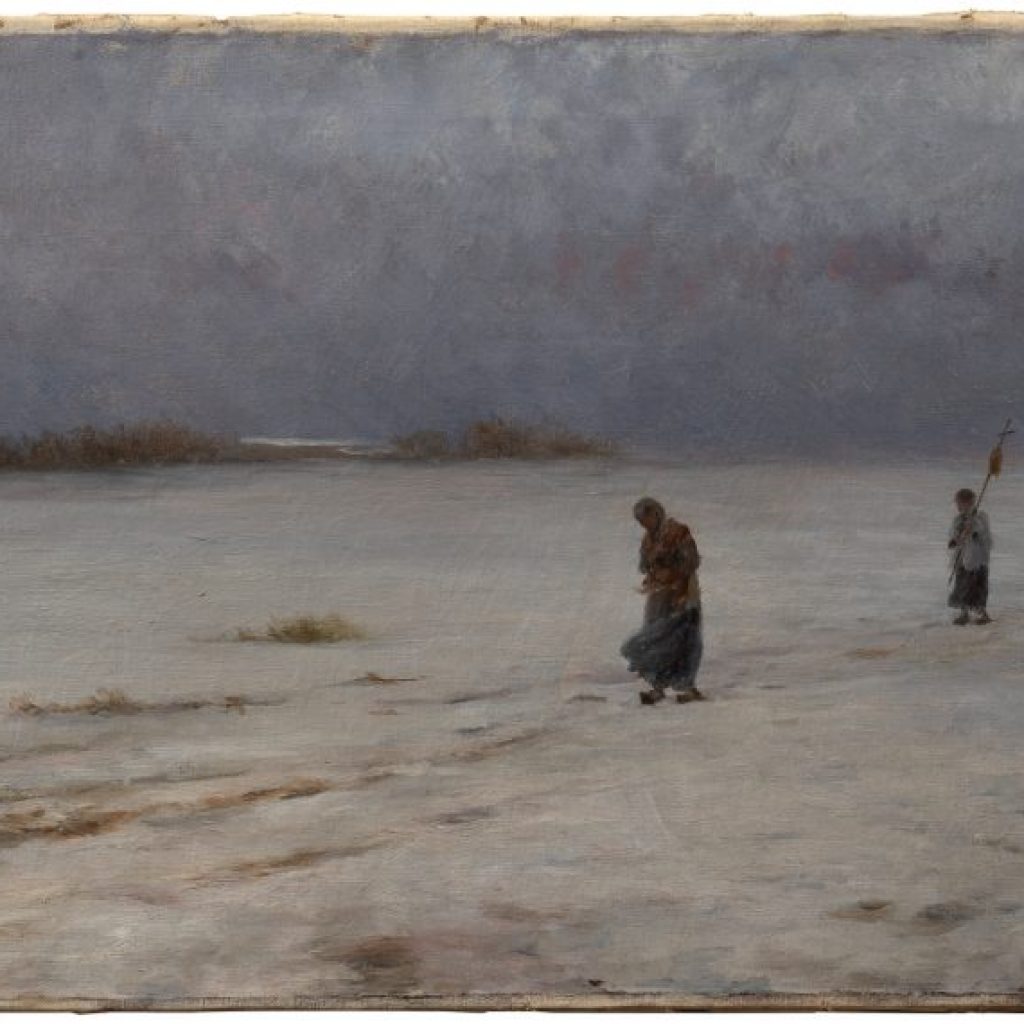
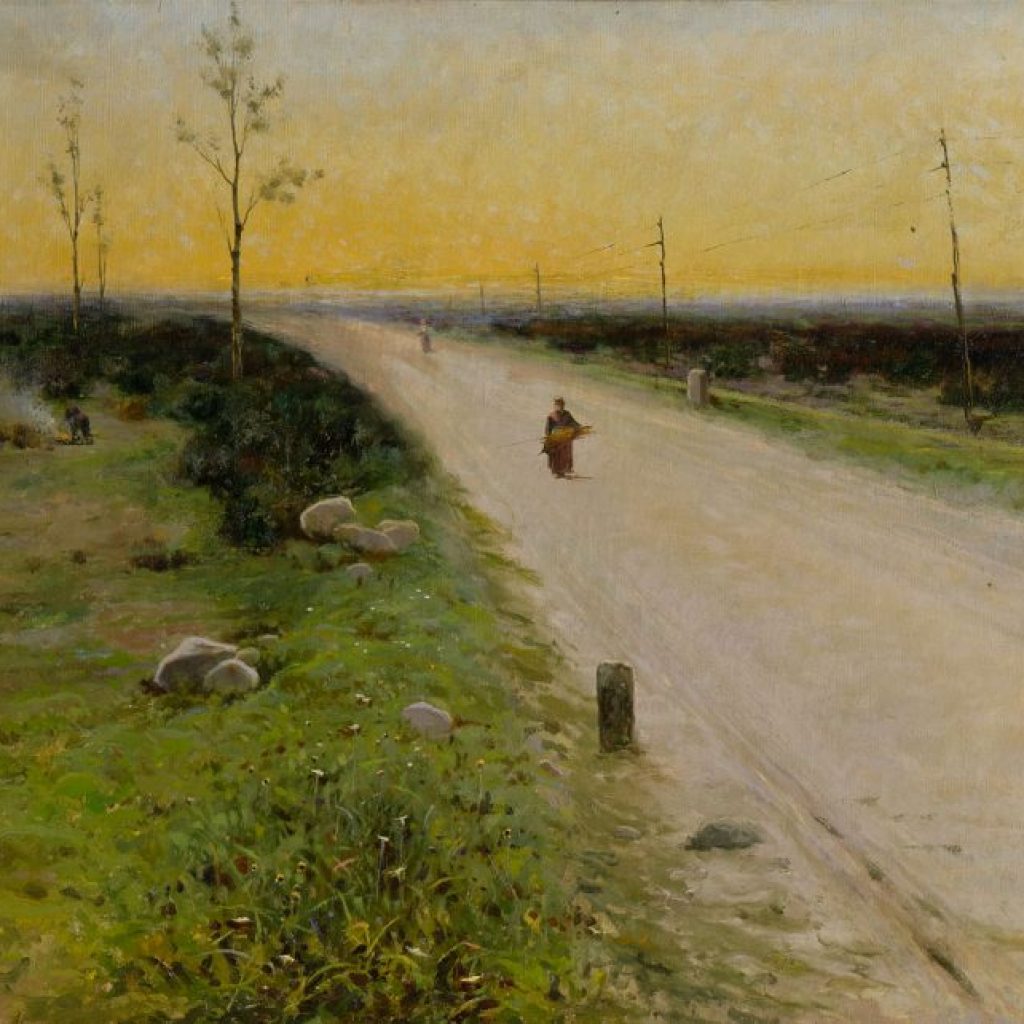
Joan Miró‘s connection with Urgell (of whom he was a student) went through different routes, but most especially because of his common love for the landscape and solitude. Whether it was when he visited Barcelona and was absorbed in contemplating the large painting in the lobby of the Hotel Majestic (in the thirties) or when he was rehearsing a series of works honoring Urgell (in the seventies), Miró always felt very close the twilight painting of the old master.
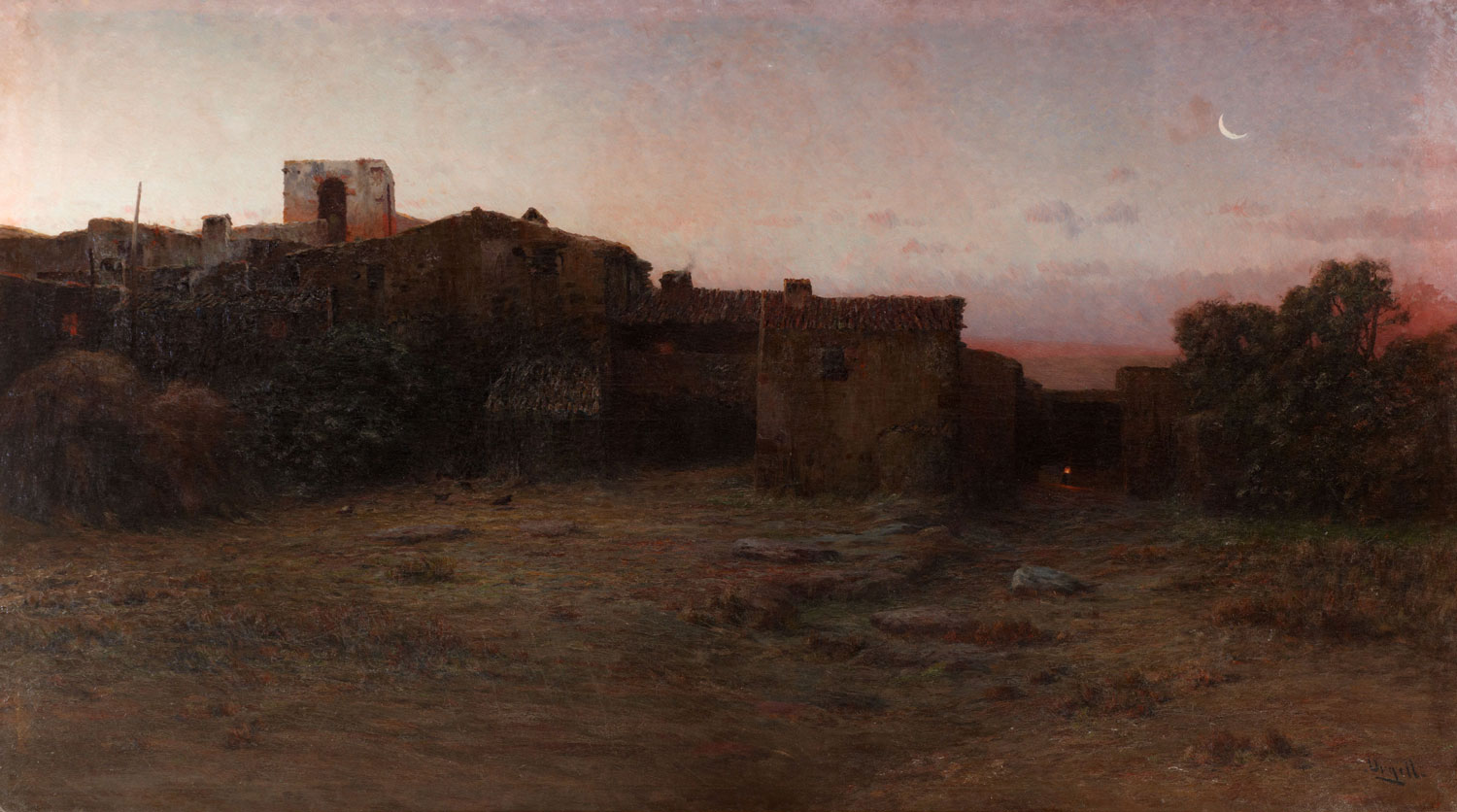
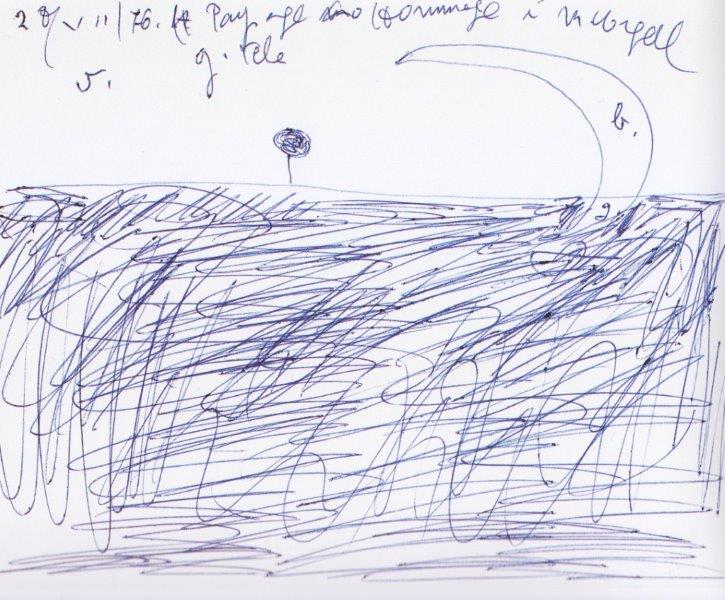
«Three shapes, which have become obsessions for me, represent Urgell’s imprint: a red circle, the moon and a star.»
Joan Miró (interview with James Johnson Sweeney), 1948
Dalí admired Urgell’s work, to the extent that he included it in his private collection. He felt affinities with Urgell ‒ especially intense in the 1930s, but also later ‒ and also Böcklin, Millet’s Angelus and distress as a creative force. Moreover, the links between the two painters ‒ albeit involuntary, of course ‒ are extremely surprising: the split between person and character, the desire to épater and make money or the contribution to the myth of the landscape of the Empordà region.
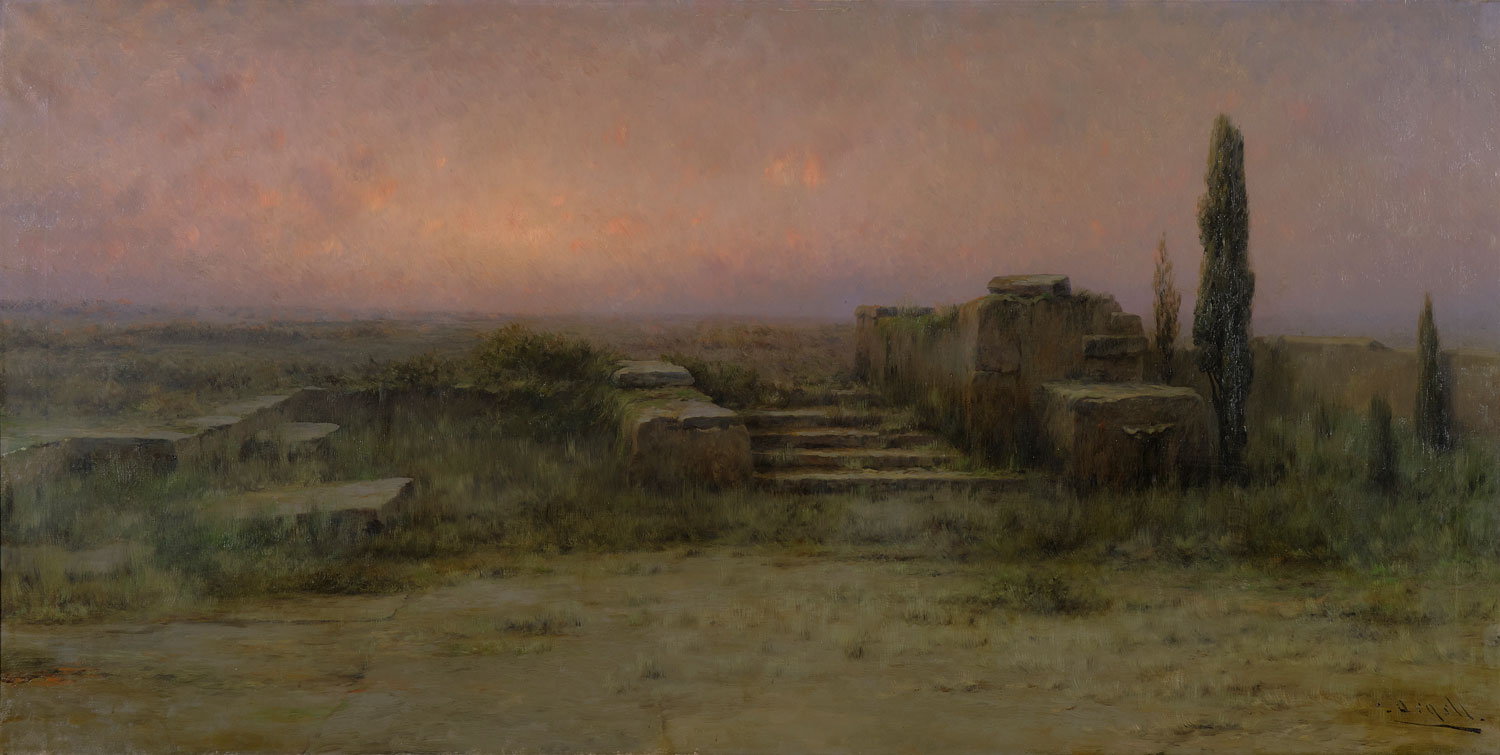
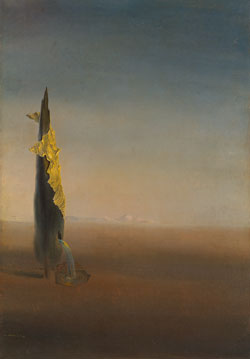
In 1975, Joan Ponç did two paintings in a very similar style in which a cemetery appears quite prominently. One of them, which has not been located, is entitled Homenatge a Modest Urgell (“Homage to Modest Urgell”) and the other is exhibited here. While Joan Miró liked Urgell because he loved solitude, Ponç probably dedicated a painting to him because of the many cemeteries, burials and landscapes in his work related to death. Although in 1975 Ponç already had serious health problems (he had lost part of his vision) and the presence of death became more acute in his work, this theme was not new to him: from an early age he had thought about it, something else he had in common with Urgell (both explain this in letters and autobiographical texts).
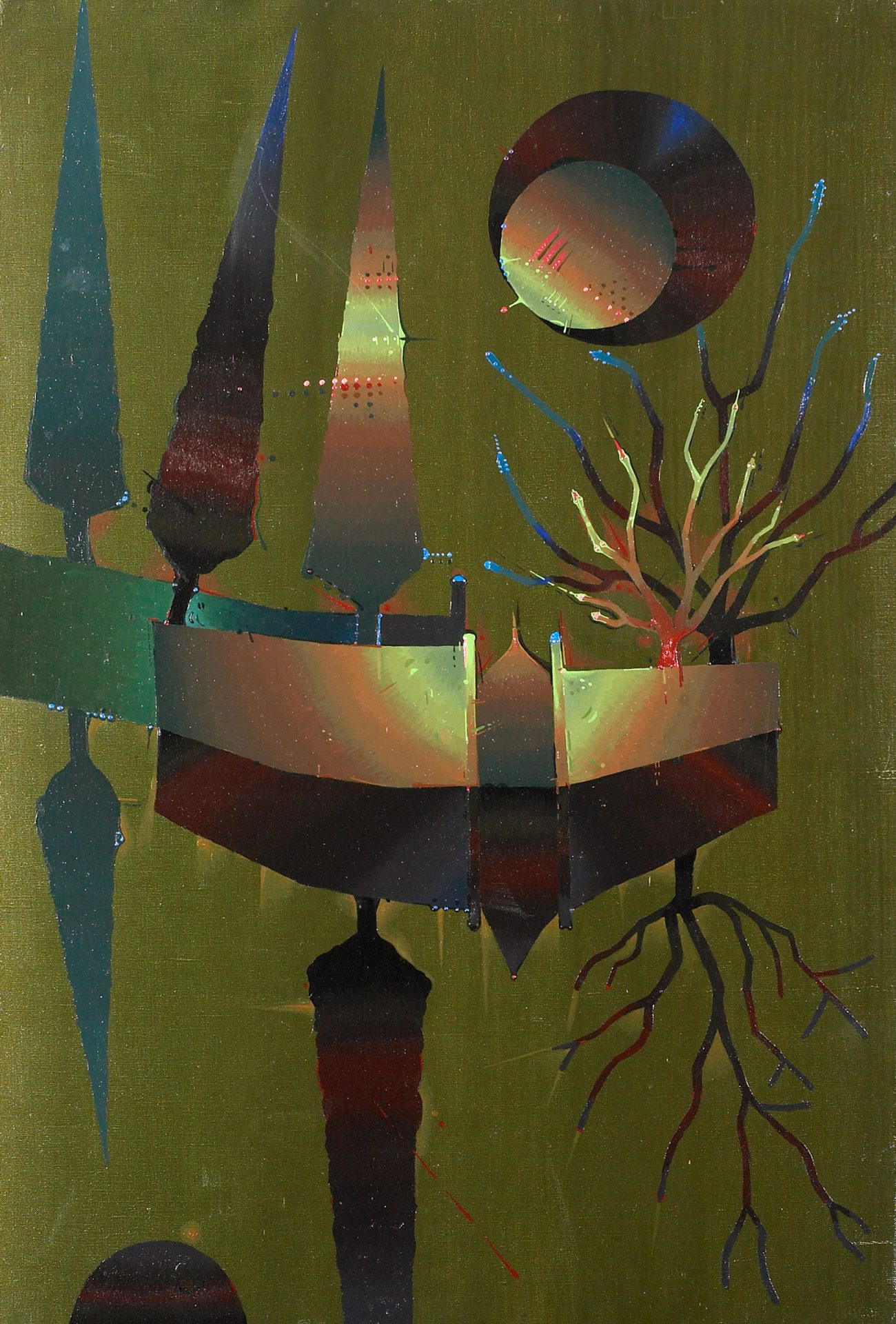
Urgell and Hernández Pijuan shared a taste for large formats and the use of few elements, although their starting point was very different. The work of Hernández Pijuan was closer to life and memory than Urgell’s. His cypresses were not impregnated with funereal symbols but with the landscape of his childhood in the Segarra region. In 1992, “la Caixa” Foundation put on a major retrospective of Modest Urgell, and the artistic director was Hernández Pijuan. The movement of artworks and the reading of the catalogue strengthened the link between them and revealed a final coincidence: the will to possess the landscape that inspired them, to internalise it, to place the focus not so much on what there is in the painting but on who looks at and paints this landscape, i.e., the artist.
